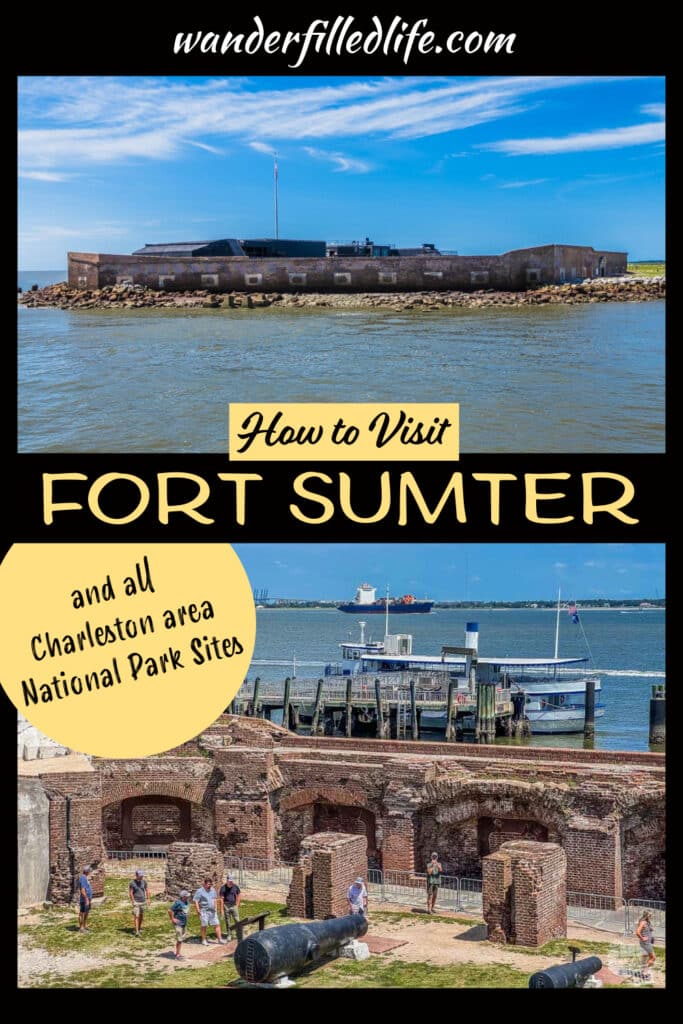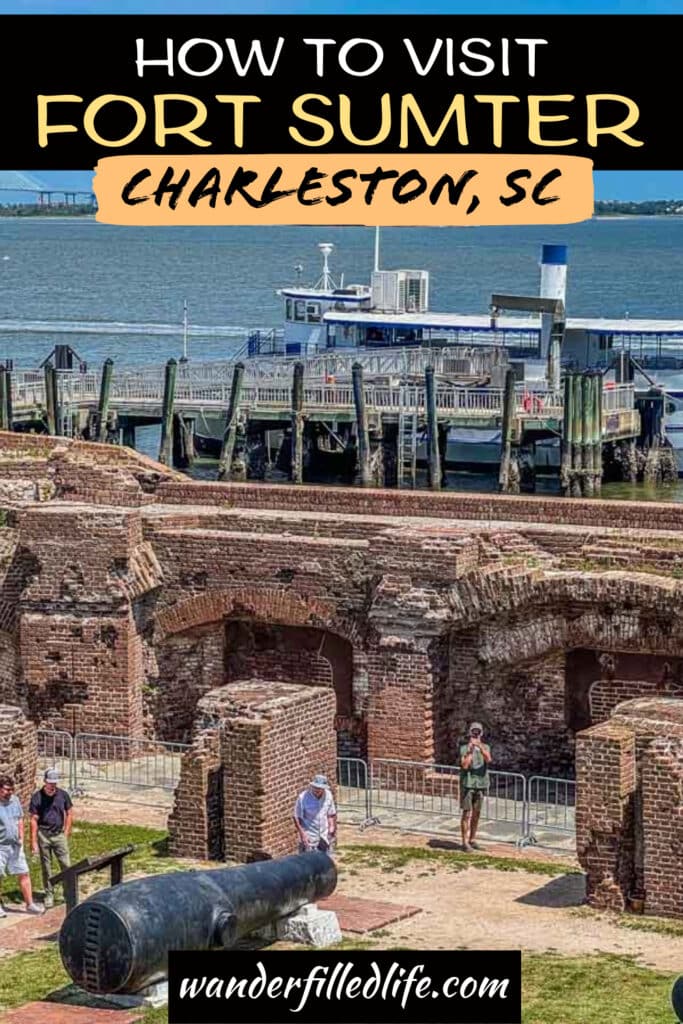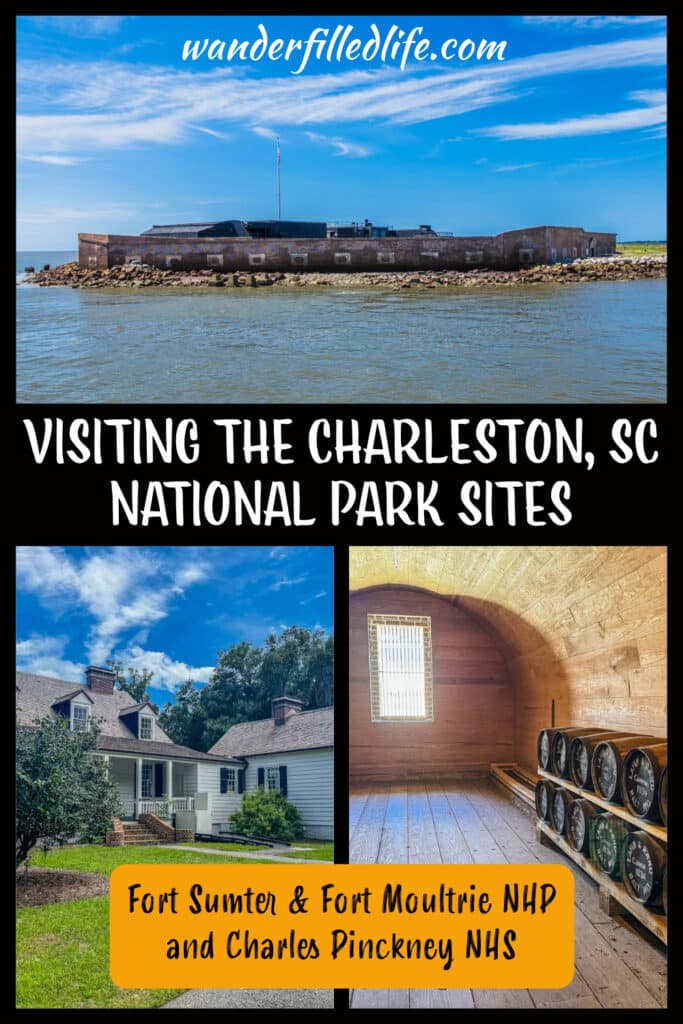When it comes to places that are pivotal in American History, few come close to Charleston, SC. Visiting the Charleson national parks provides the opportunity to learn more about that history. Central to that is Fort Sumter. This is where the first shots of the Civil War were fired, a conflict that remains the bloodiest in our country’s history.
Not only is Charleston filled with history, but it’s also a beautiful waterfront town that exudes all the charm of the South. Visitors can wander the historic downtown, sample the delicious southern cuisine and spend time at the beach.
National park geeks will find several parks to explore in and around Charleston, most notably, Fort Sumter.
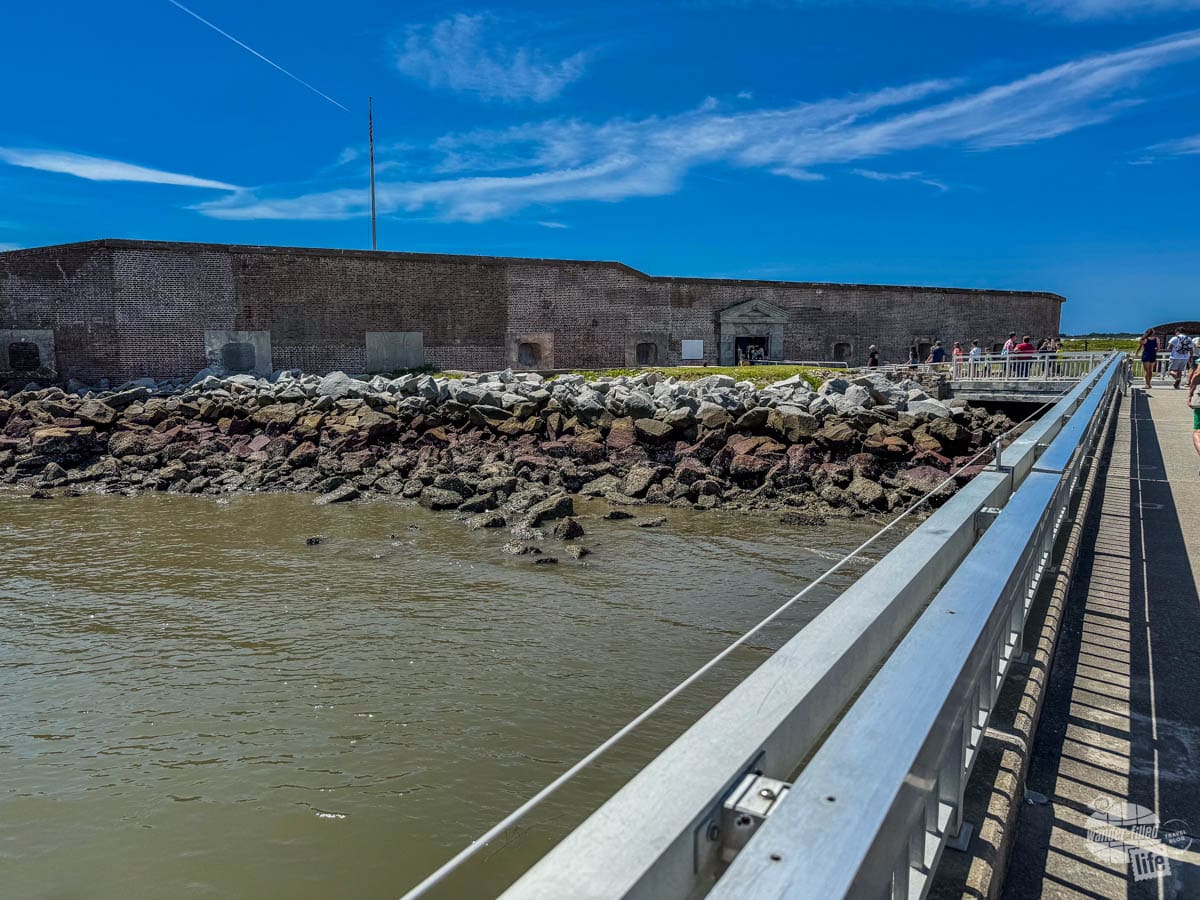
Fort Sumter is part of the Fort Sumter and Fort Moultrie National Historical Park. The other unit of the park, Fort Moultrie, is located just across Charleston Harbor on Sullivan’s Island. Just inland, in Mount Pleasant, is the Charles Pickney National Historic Site, which remembers one of the unsung authors of the Constitution.
All of this is set against the backdrop of Charleston, one of the oldest and historically significant cities in North America.
Also in the vicinity is Reconstruction Era National Historical Park (about 1.5 hours south, in Beaufort) and Congaree National Park (about 2 hours northwest, near Columbia).
(Disclaimer: When we link to places where you can buy our stuff or places we stayed, we are using special codes that earn us commissions on the sales at no additional cost to you. Please see our Review Policy for more information.)
What to Expect When You Visit Fort Sumter
How to Get Out to the Fort
The first thing you need to know about visiting Fort Sumter is there is no bridge to get out to the fort. You must take a ferry from downtown Charleston or Mount Pleasant to get across the harbor to visit the fort. Private boats are not allowed at Fort Sumter.
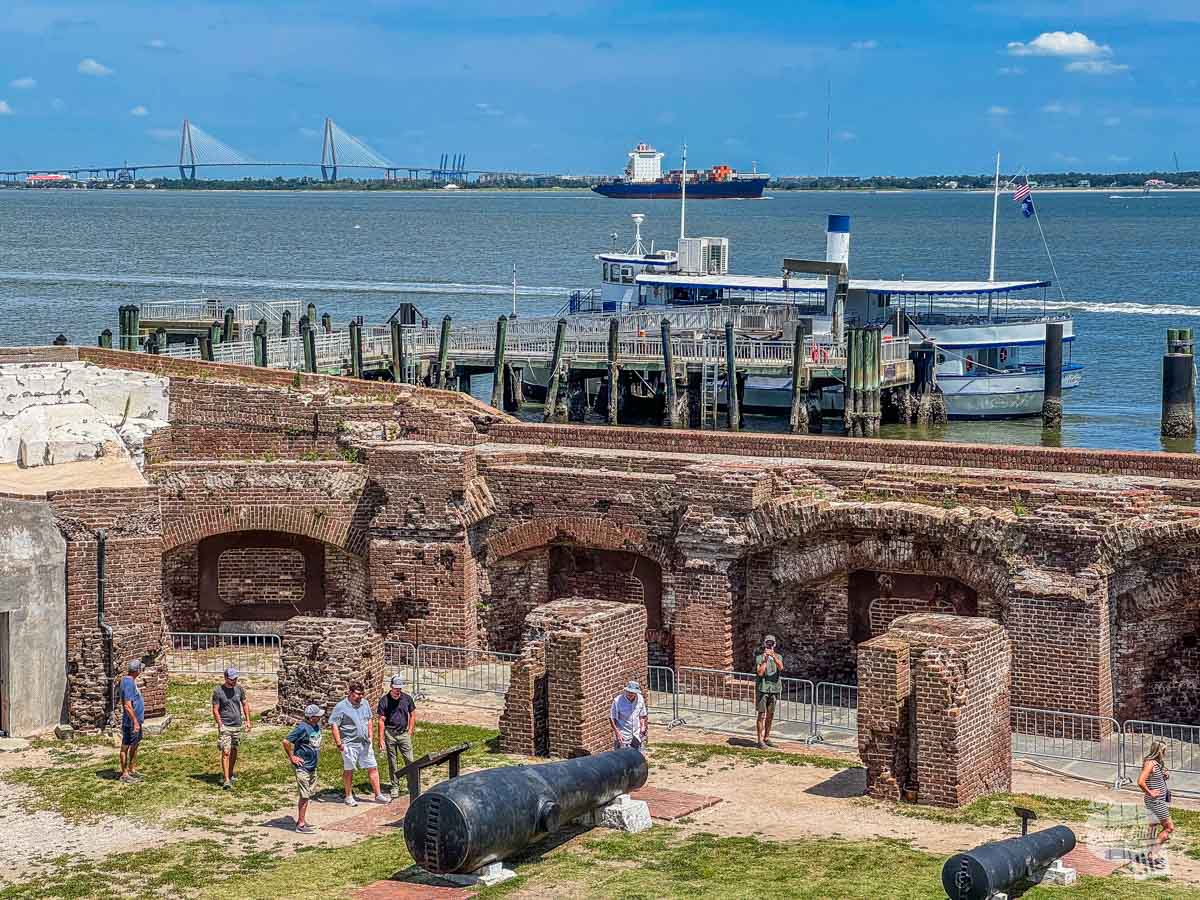
The ferry rides are offered by the National Park Service concessionaire Fort Sumter Tours. Sorry, Park Passes won’t get you a free ride on the boat. The boat ride lasts about 30 minutes each way and gives you about an hour at the fort to listen to a ranger presentation and walk around.
We sailed out of the Mount Pleasant dock, which is in the same parking lot as Patriots Point Naval and Maritime Museum, home to the aircraft carrier USS Yorktown. We have been to Patriots Point before and if you are interested in military history, it is well worth your time. You could easily make a day of visiting Fort Sumter and seeing Patriots Point.
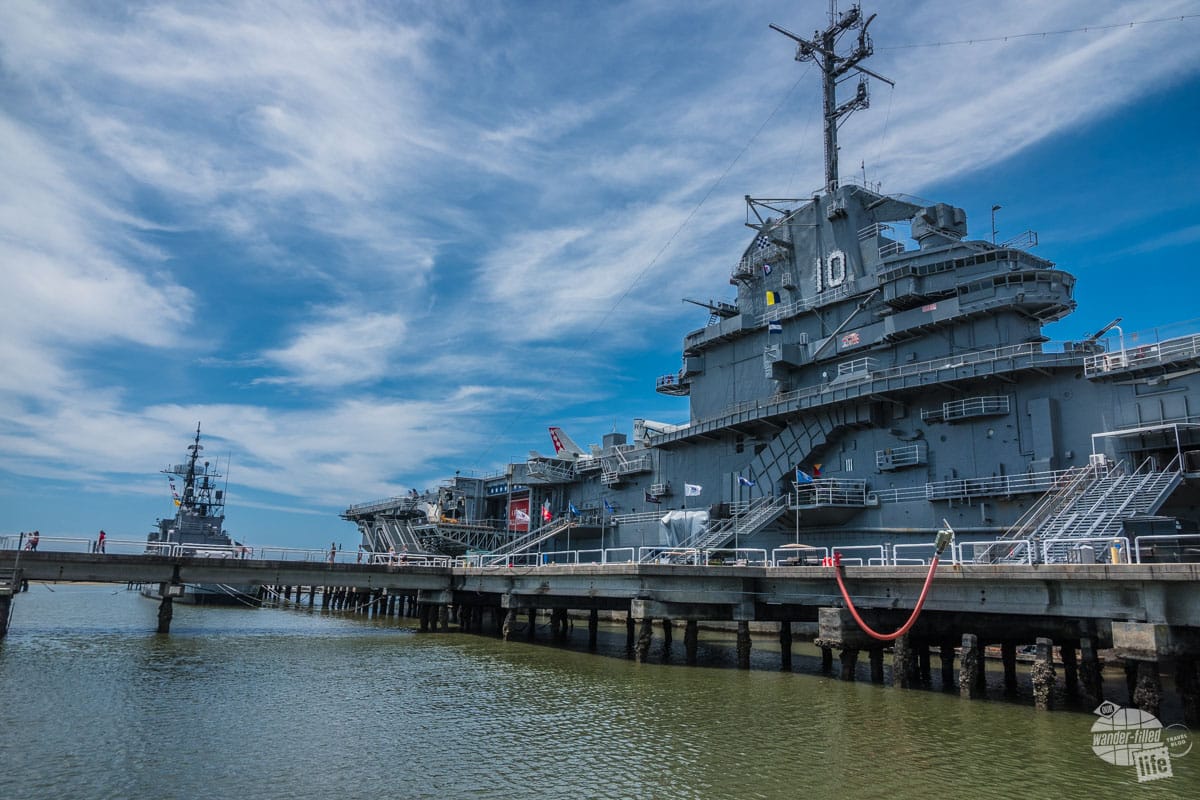
The other dock is located in downtown Charleston at the Fort Sumter Visitor Education Center at Liberty Square. This visitor center explores the causes and events leading to the Civil War.
Ferries depart each port several times throughout the day. Choose the port and time that works best for you.
What to Do at Fort Sumter
As you arrive at the fort, one thing that will strike you is how small it looks. The other thing is the low, black, more modern buildings in the middle of the fort. Leading into the Civil War, Fort Sumter had tall walls and three levels of gun emplacements. After the fort fell to the Confederates, the Union Army bombarded the fort in 1863. That bombardment reduced the top two levels of gun emplacements to ruins.
Afterward, the fort was somewhat reconstructed but with much lower walls. During the Spanish-American War, the Army constructed two concrete blockhouse-style coastal artillery batteries at the fort, hence the more modern construction inside the fort.
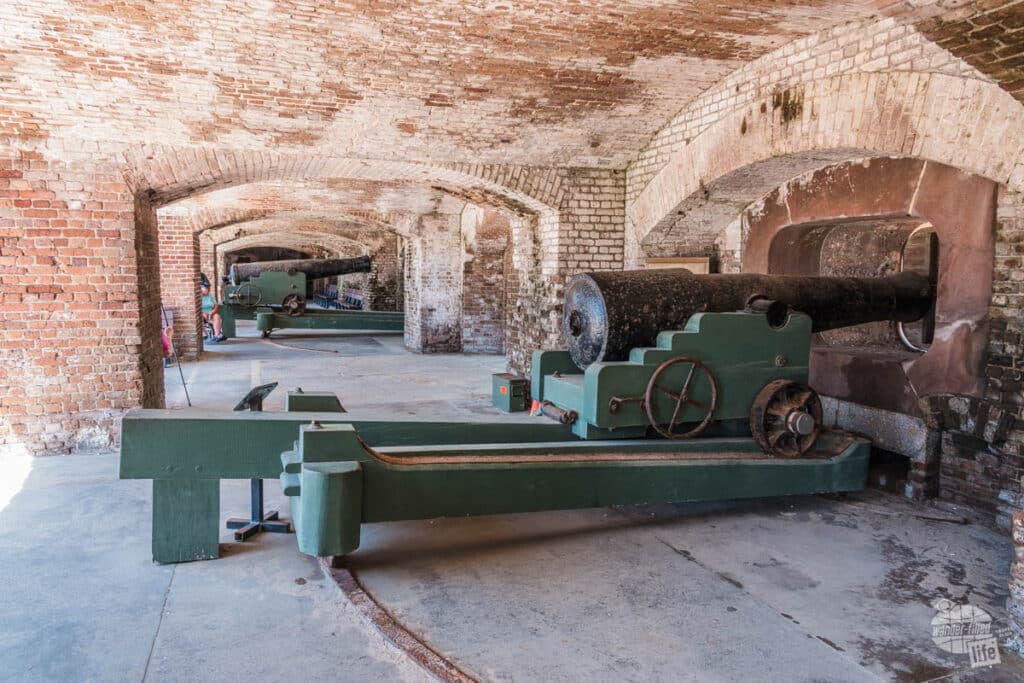
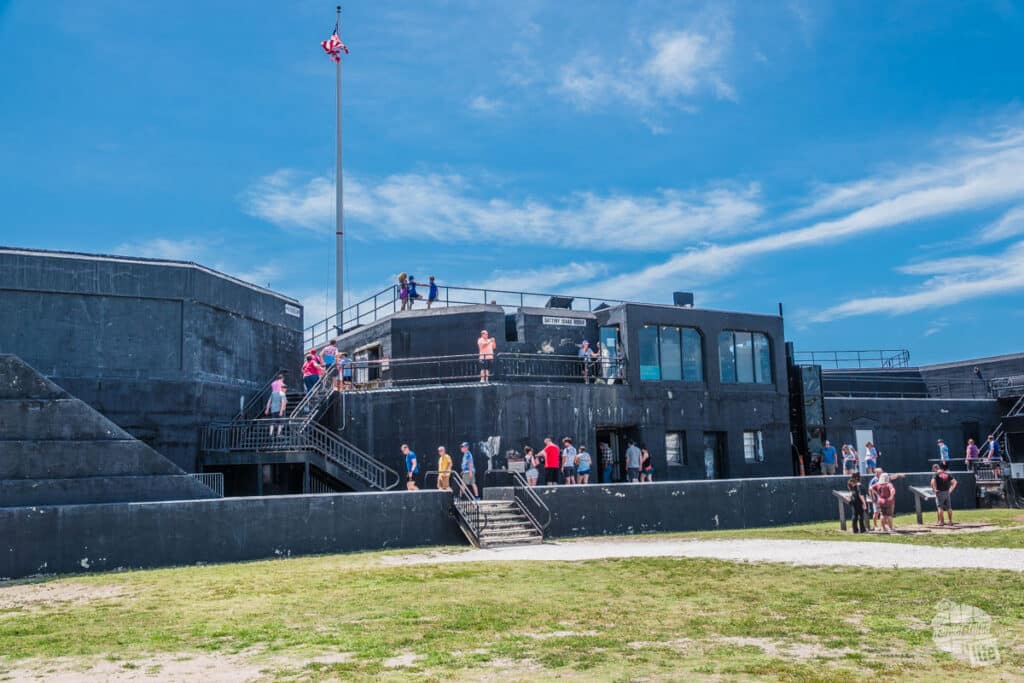
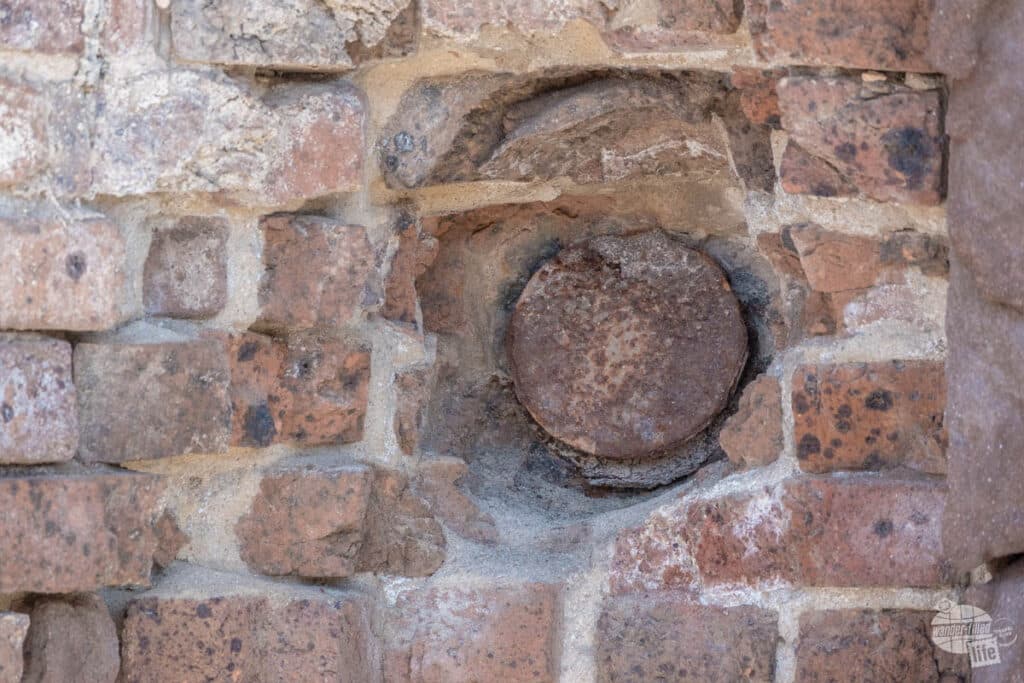
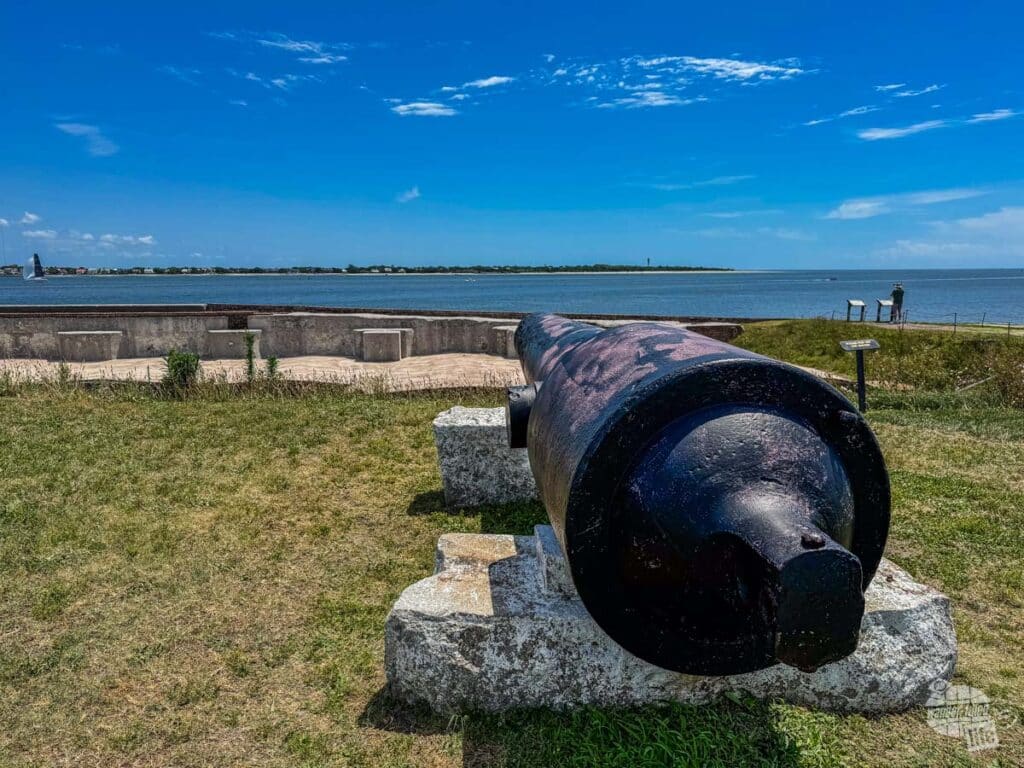
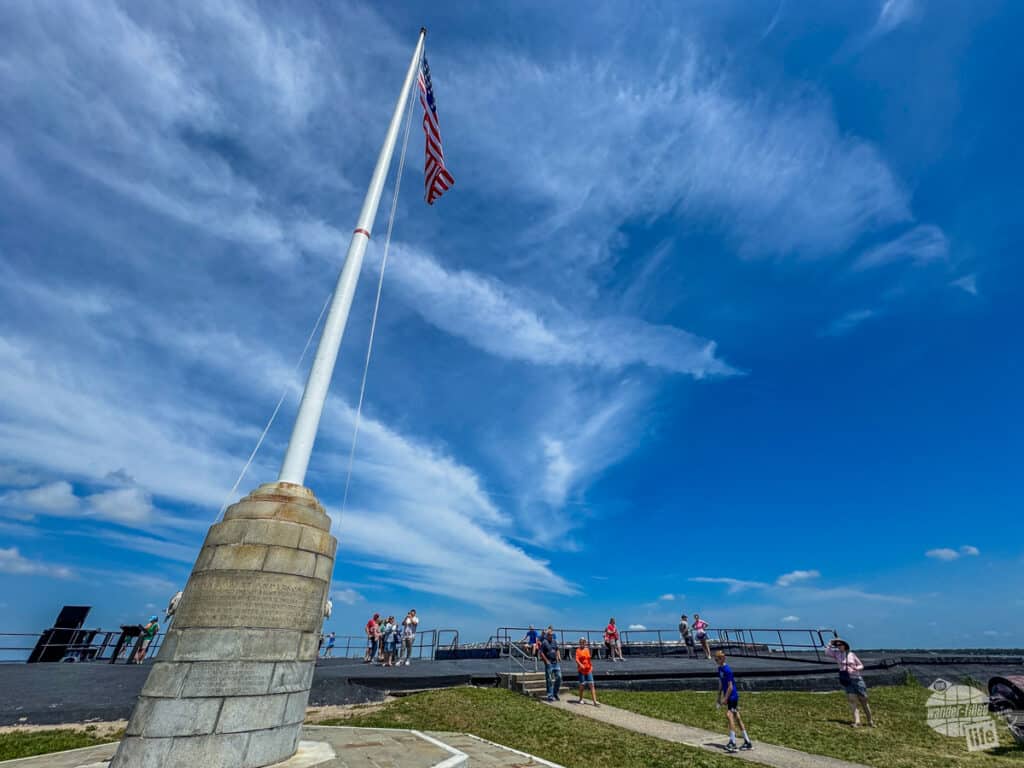
Once you arrive at Fort Sumter, a Park Service ranger will give about a 10-minute presentation on the history of the fort. Then they will wander around the fort answering questions. As we toured the fort, one of the rangers pointed out fingerprints of enslaved workers imprinted in the bricks of the fort and two spots where there are unexploded cannon shells embedded in the walls.
If you walk up the stairs to the top level of the fort at the new batteries, there is an excellent view of Charleston Harbor. There is also the monument to Major Robert Anderson, the Union commander of Fort Sumter who returned after it was recaptured to raise the original flag over the fort. Fittingly, the monument is a flagpole. On the flagpole is a red ring which indicates the height of the original walls of the fort.
Inside one of the concrete batteries is a museum about the fort’s use and the fort’s story during the Civil War. You will also find a small bookstore adjacent to the museum.
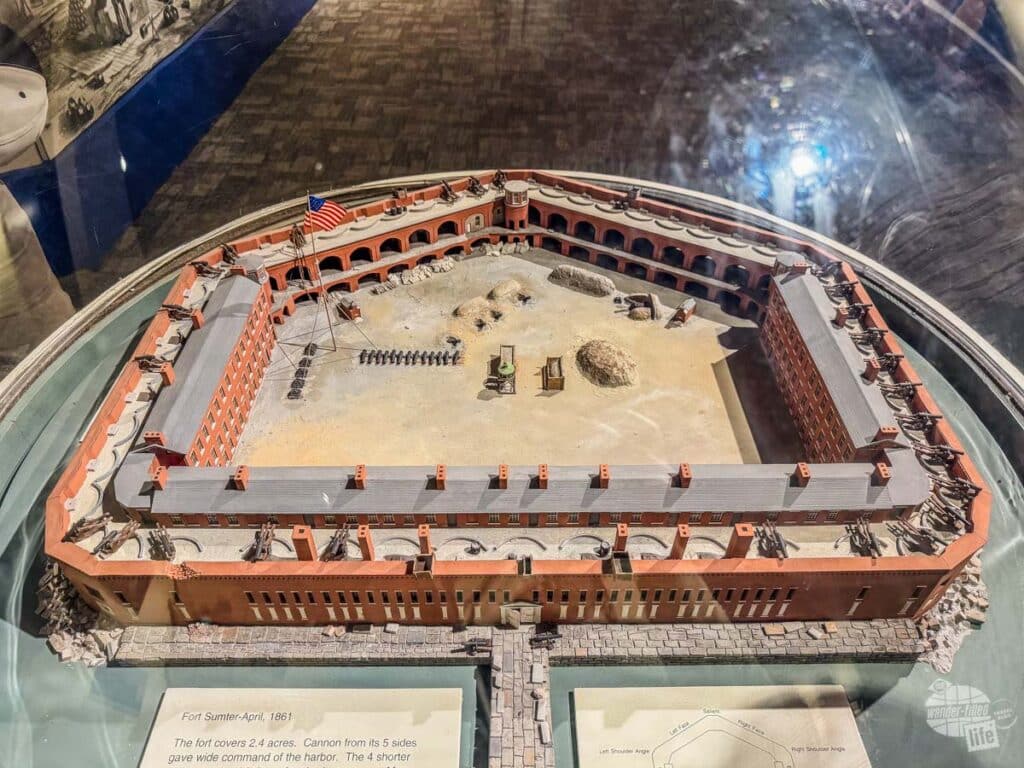
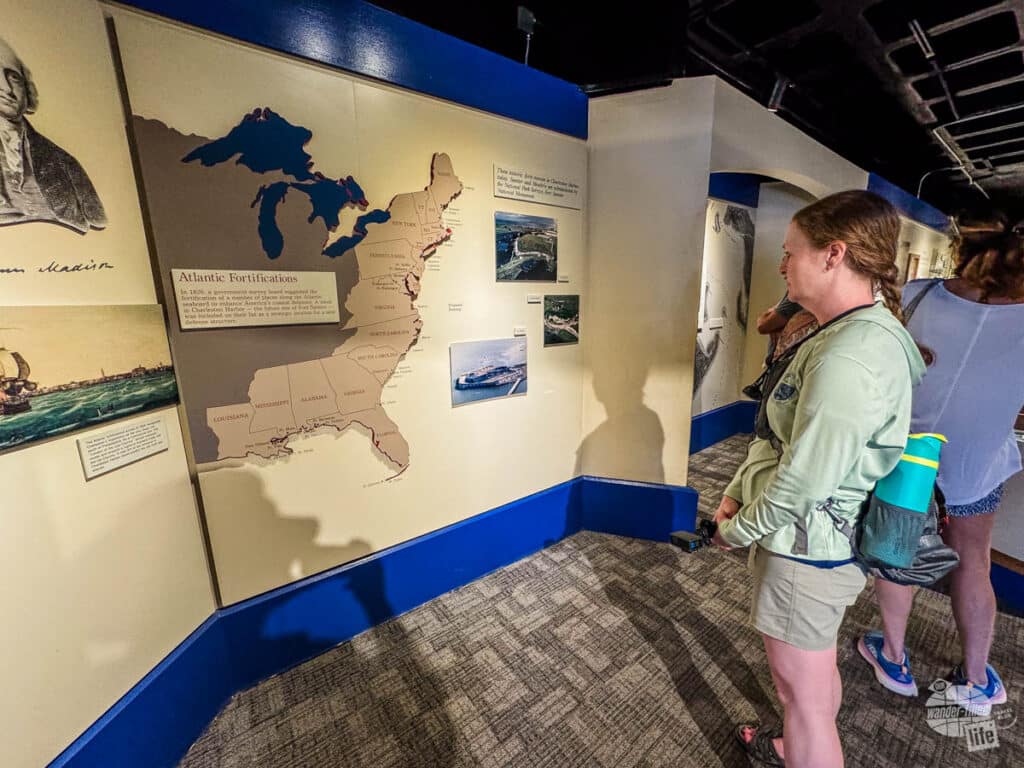
Pro Tip: There is not much in the way of shade or air conditioning at the fort… just the museum and bookstore. Dress appropriately on hot days.
As an American Literature teacher, one of the accounts I make a point to read with my students is from Mary Chestnut’s Civil War, an annotated collection of Mary Chestnut’s diaries during the Civil War. Her account of the lead-up and bombardment of Fort Sumter is particularly poignant.
One of the striking moments in that account is her watching the bombardment from the roof of her Charleston home. Her husband, James Chestnut, Jr., was a U.S. senator before the Civil War and was General Beauregard’s chief aid and negotiator leading up to the firing on Fort Sumter. So, as the cannons opened fire on Fort Sumter, Mary Chestnut watched from her rooftop, knowing her husband was in a small boat paddling back from Fort Sumter and the artillery streaked over his head.
The hour that we had at Fort Sumter was almost the perfect amount of time to explore inside and around the fort. We probably could have used another 10-15 minutes, though, as we did feel a little rushed at the end. That said, we were definitely ready to head back to the shade and air conditioning of the ferry after an hour in the early June heat!
Exploring Fort Moultrie
The story of Fort Sumter focuses on its role as the spot where the Civil War began. At Fort Moultrie, the visitor experience follows the history of the fort from the American Revolution all the way to World War II. Some of the exhibits focus on the evolution of the US Army’s coastal defense forts.
Start your visit to Fort Moultrie at the Visitor Center, which has an excellent, if extremely dated, movie about the evolution of the fort. You will also need to pay your admission fee, which is $10/person. Your America the Beautiful Pass does count here, unlike Fort Sumter.
The exhibits at the visitor center are comprehensive and do a great job explaining the need for the forts and techniques used to safeguard America’s harbors.
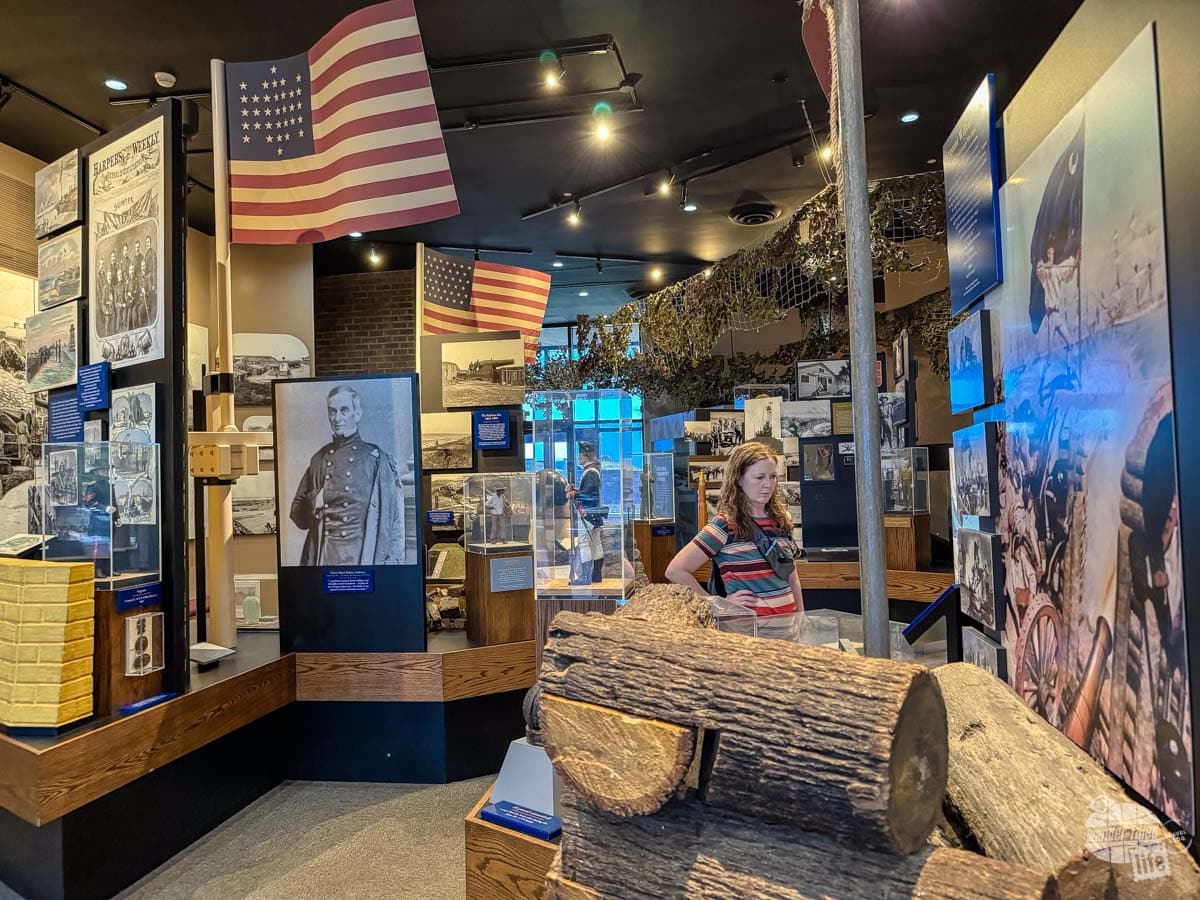
Then walk across the street to the fort itself. The fort is an interesting mishmash of various types of coastal defense cannons and has an underground World War II-era harbor control center. There really is a lot to explore here, so take your take and wander around and take it all in. While you are at it, take a moment to walk down to the coast for a great view of Fort Sumter and a nice little beach.
Surprisingly, Fort Moultrie is where the famed Seminole chief Osceola is buried. Bonnie, a Florida State University alumnus, was quite surprised to find his grave there, especially considering we had visited here several years ago and missed it!
While Fort Sumter gets most of the attention in terms of the units of this park, I found Fort Moultrie a lot more interesting. Of course, I am a bit of a military history nut. Still, if you have never visited a coastal defense fort before, this is a great opportunity.
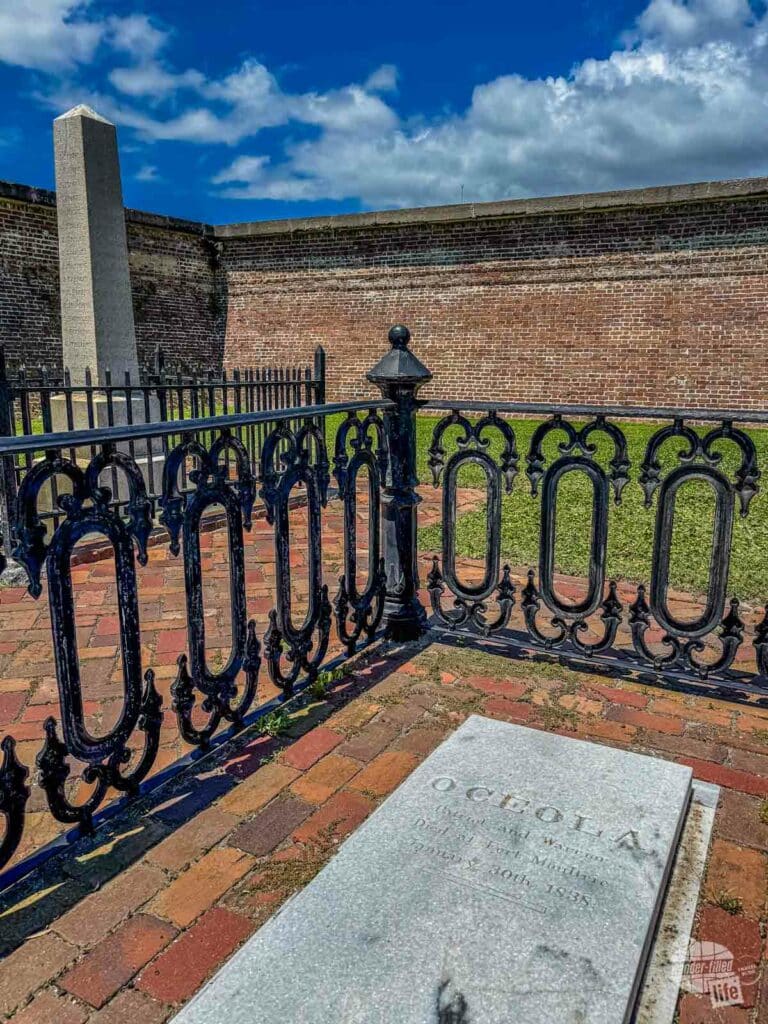
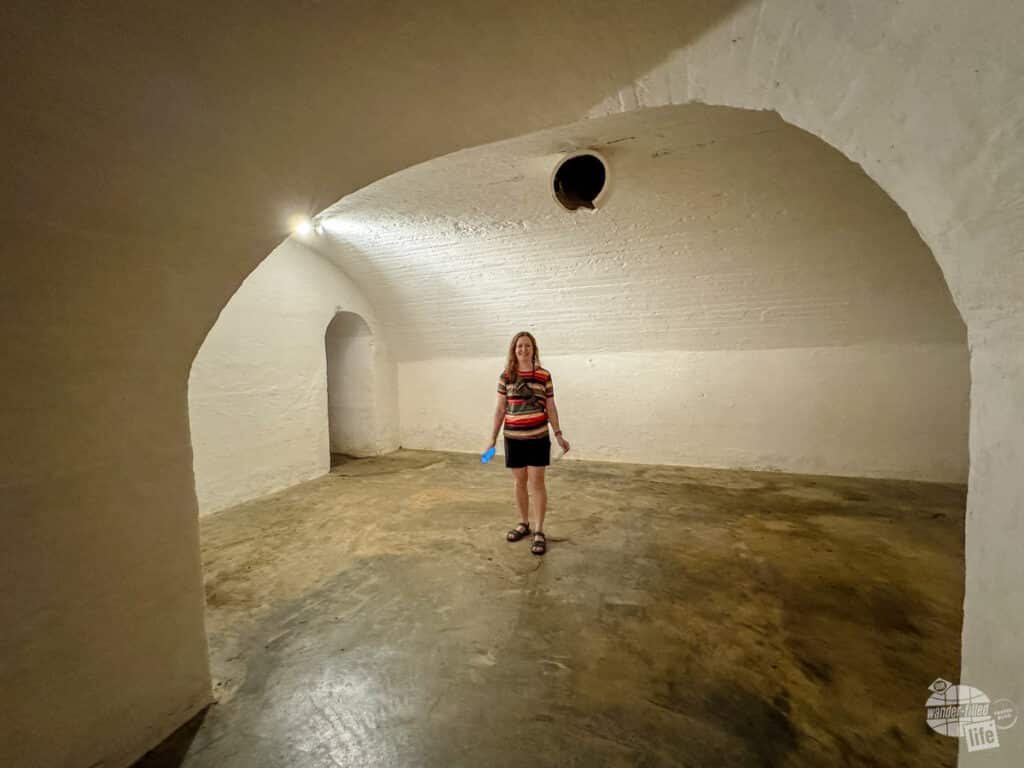
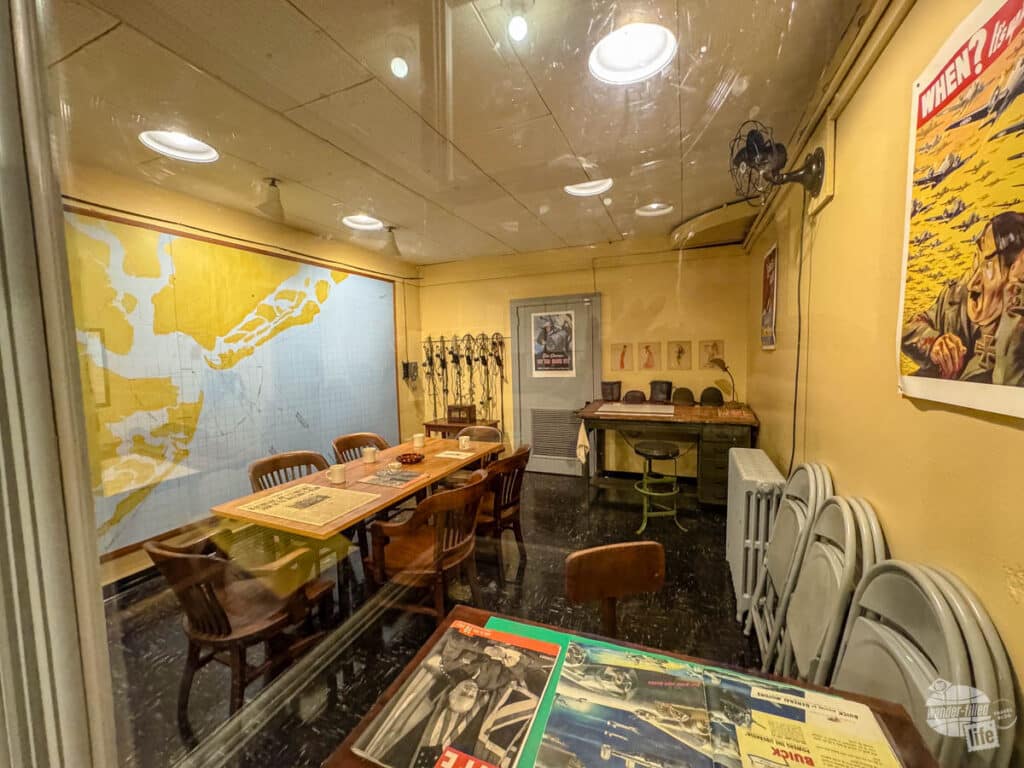
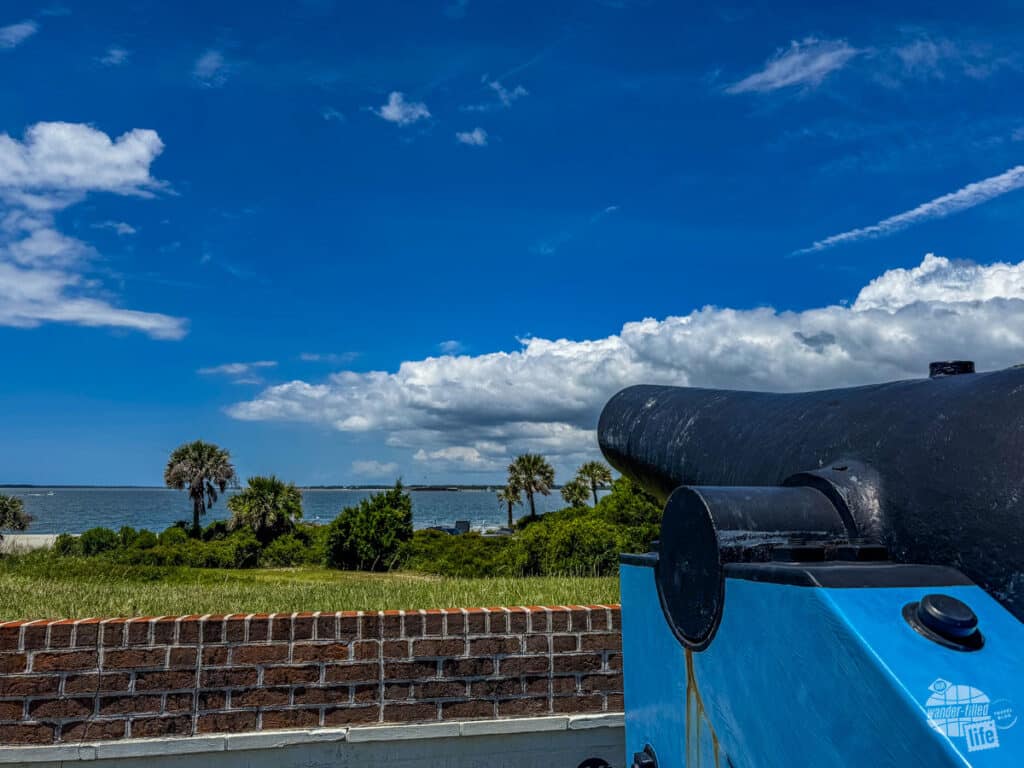
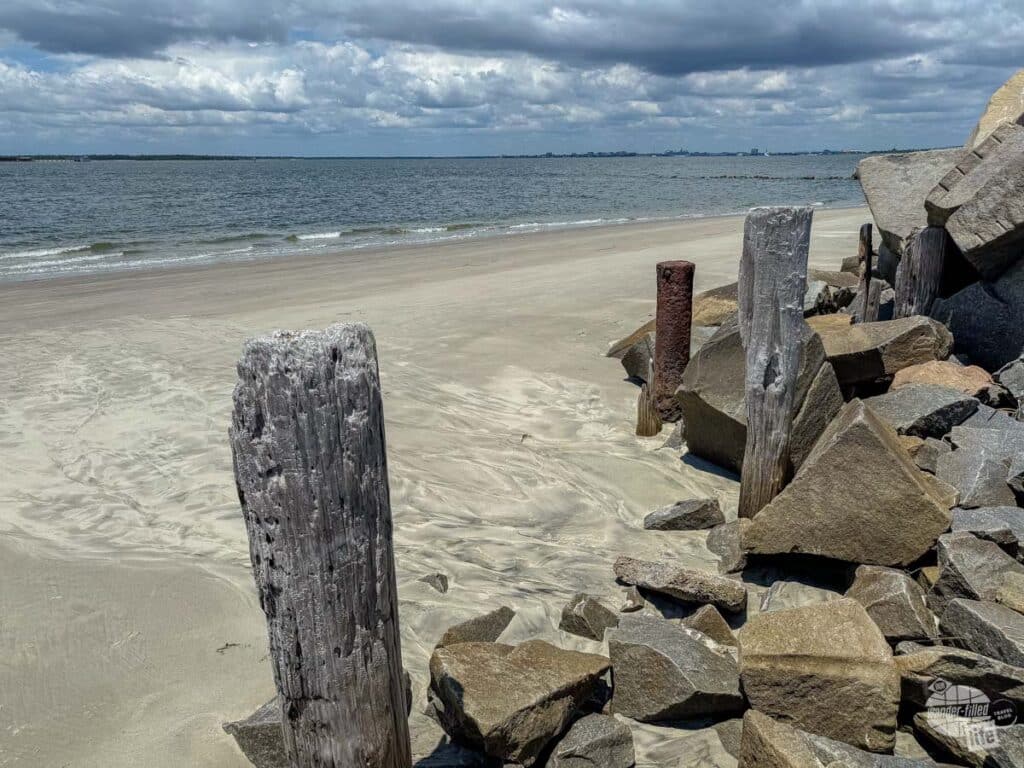
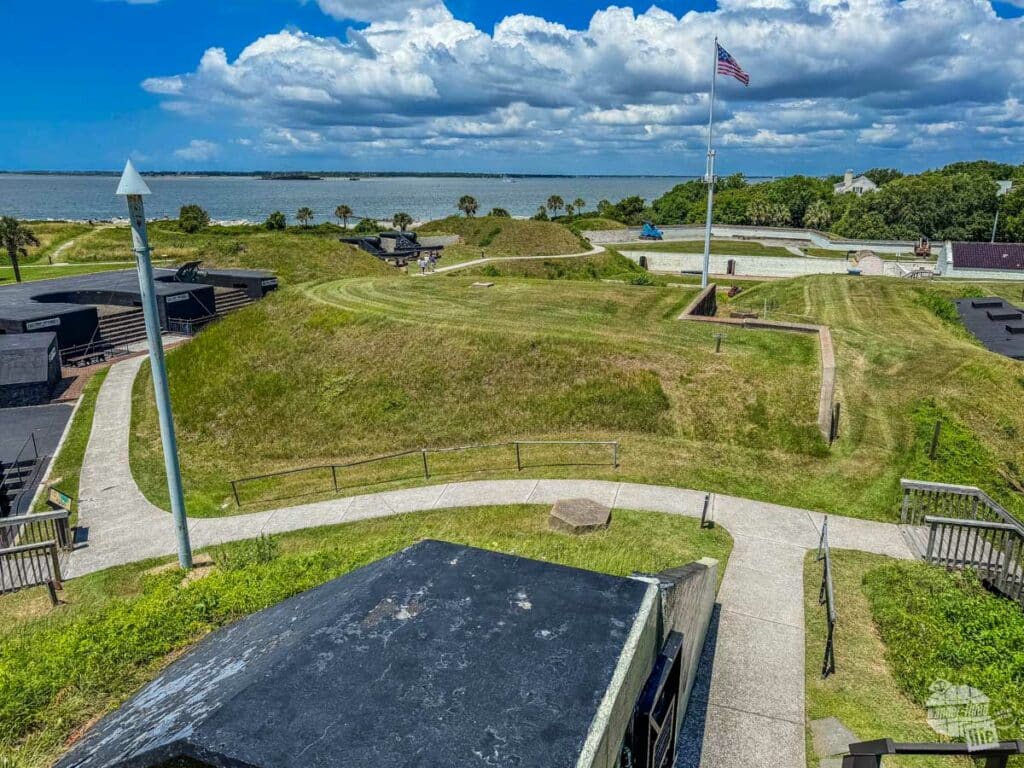
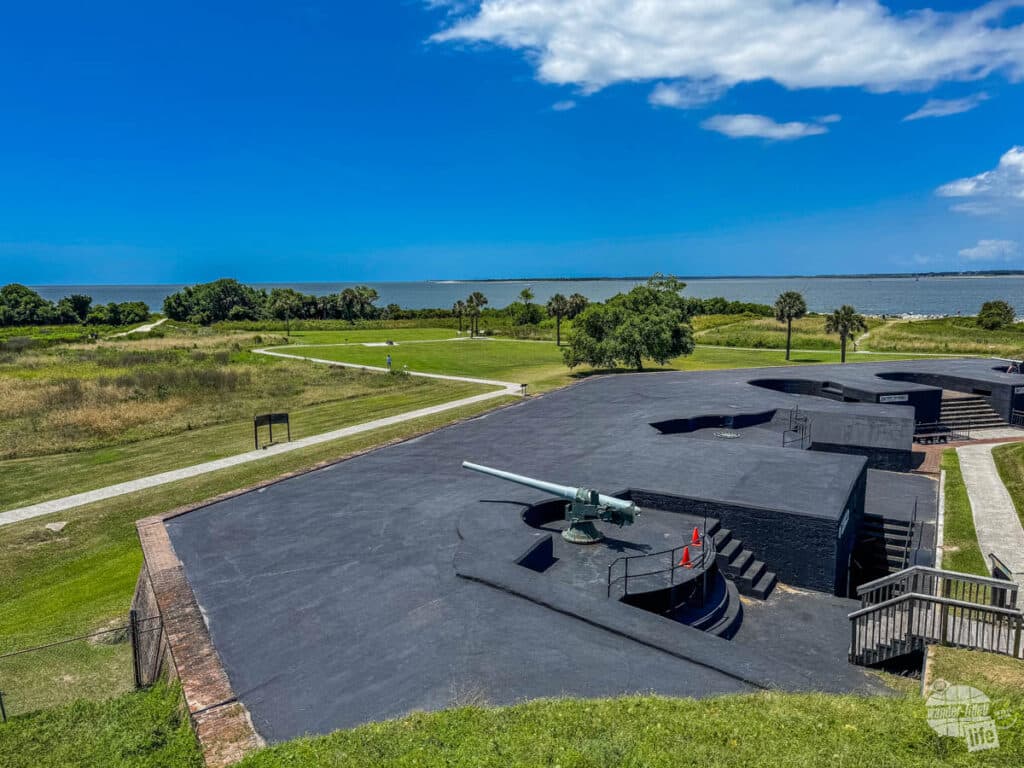
Charles Pinckney National Historic Site
Located about 20 minutes inland from Fort Moultrie is the Charles Pinckney National Historic Site. This site is dedicated to Charles Pinckney, a forgotten Founding Father and South Carolina politician for 40 years. He is regarded as the author of 28 clauses of the Constitution, including the provision that continued the trans-Atlantic slave trade. He also served three terms as South Carolina governor and was minister to Spain. This site preserves what remains of one of Pinckney’s farms, Snee Farm, and covers the complicated influence of this man.
Charles Pinckney should not be confused with his father, Colonel Charles Pinckney, or his cousin, Charles Cotesworth Pinckney, despite the similar names. The Pinckney family had a habit of naming its sons Charles.
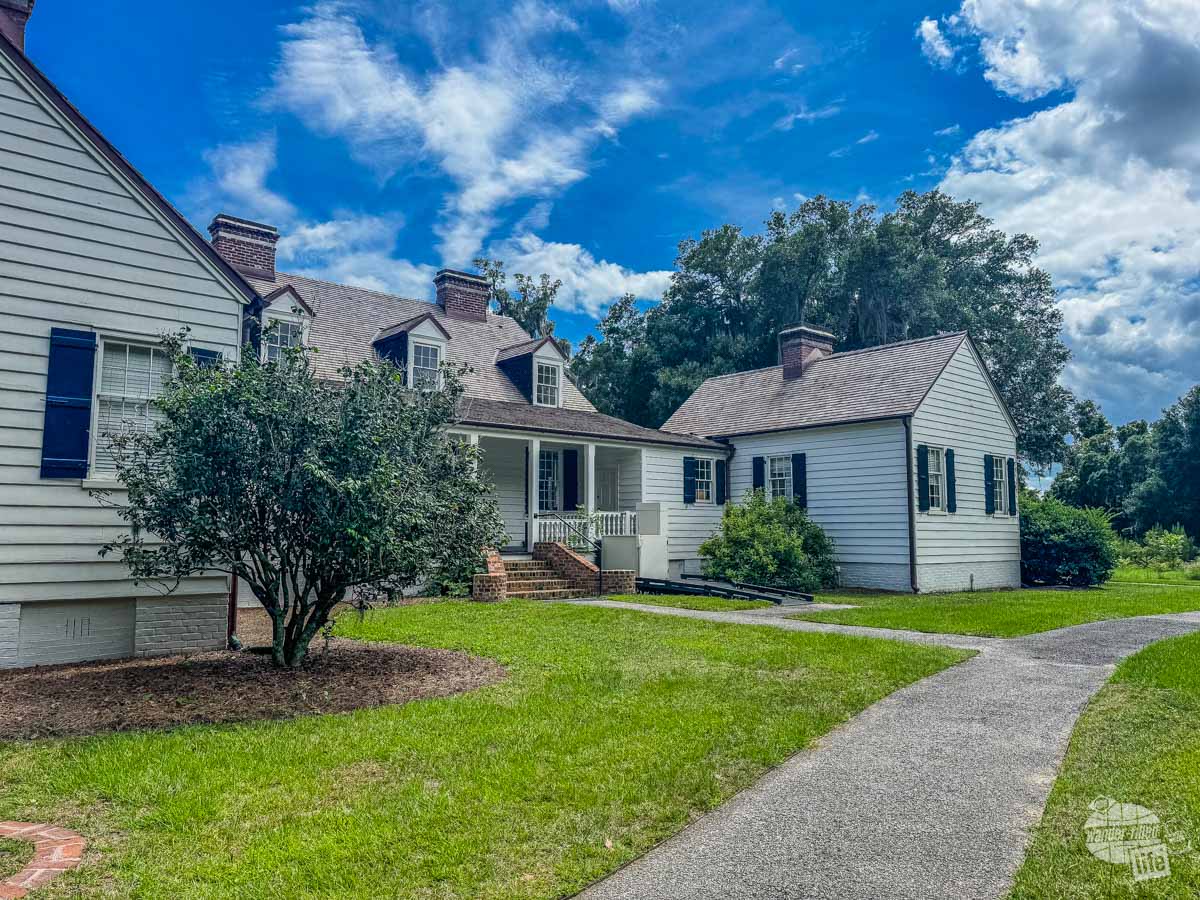
Colonel Pinckney was the father of the Charles for whom this site is named for and was a prominent leader in Charleston society leading up to the Revolution. Charles Cotesworth Pinckney also signed the Constitution and was a Federalist candidate for vice president and president.
Visiting the Charles Pinckney National Historic Site
The first thing visitors need to know about visiting the Charles Pinckney National Historic Site is the hours are very limited. The park grounds are currently open Wednesday through Sunday 9 a.m.-5 p.m. That said, the visitor center, which is located inside the house, is only open Friday through Sunday 9 a.m.-4:30 p.m. That might change depending on staffing, so be sure to check the park website for up-to-date information.
The visitor center is located in an 1828 Lowcountry farmhouse that was not present when Pinckney owned Snee Farm. Inside the visitor center, you will find several exhibits on Pinckney and his impact on the Constitution. You will also find exhibits about life at Snee Farm, which was a rice and indigo plantation, as well as the enslaved workers who were forced to work here.
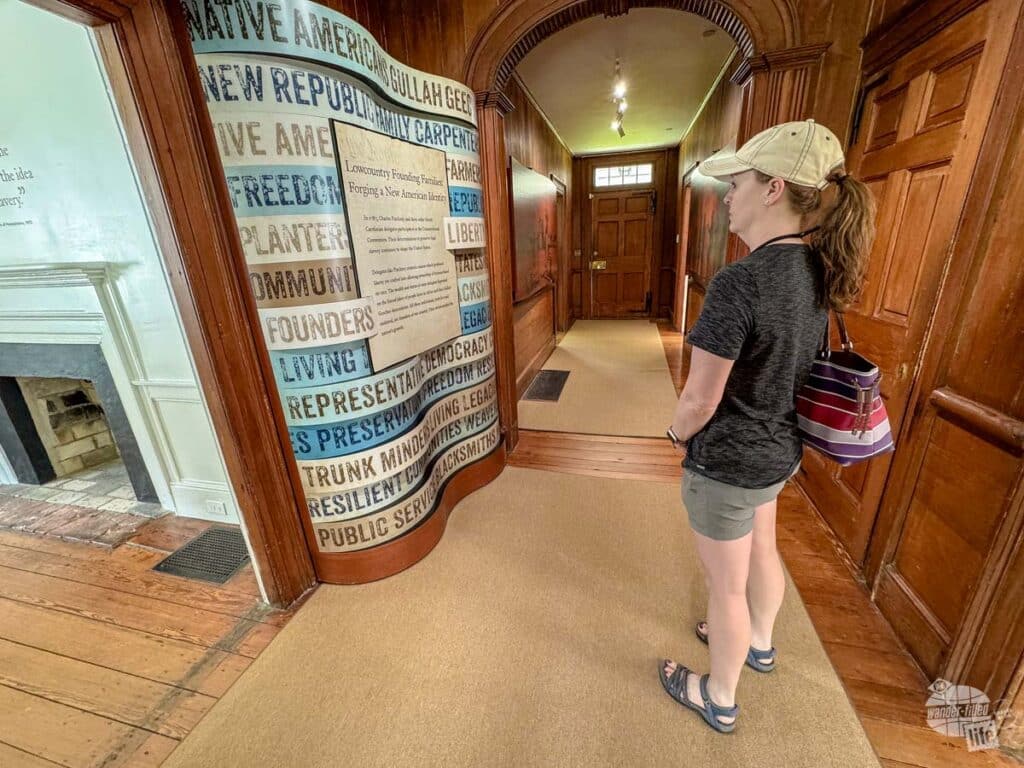
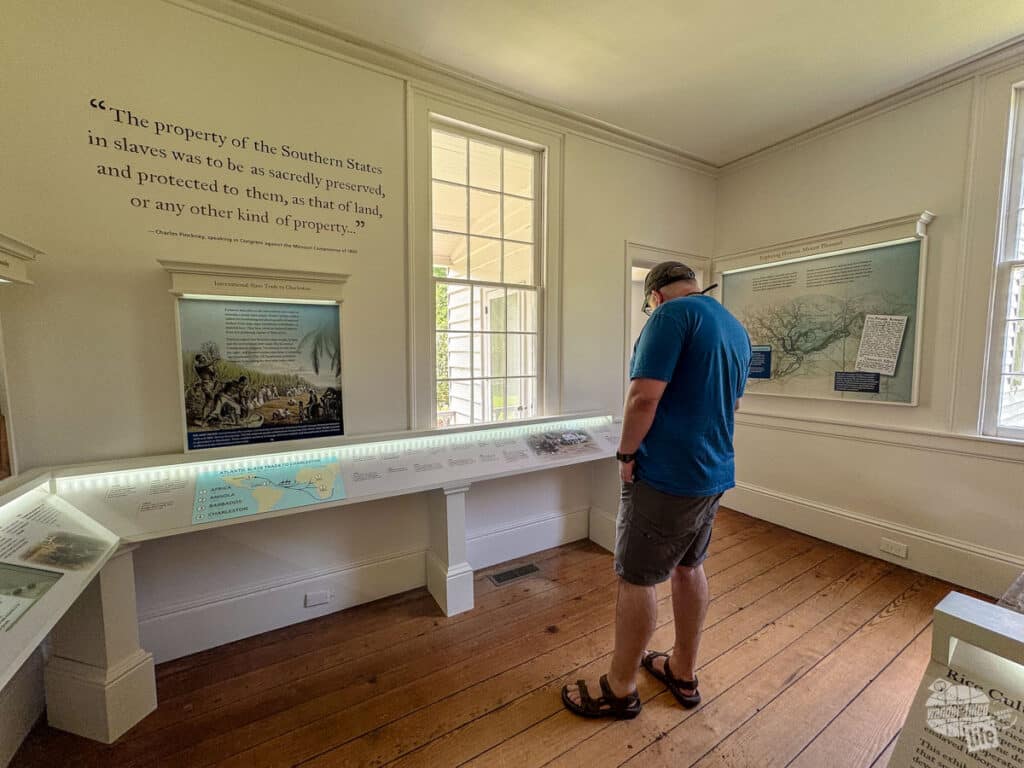
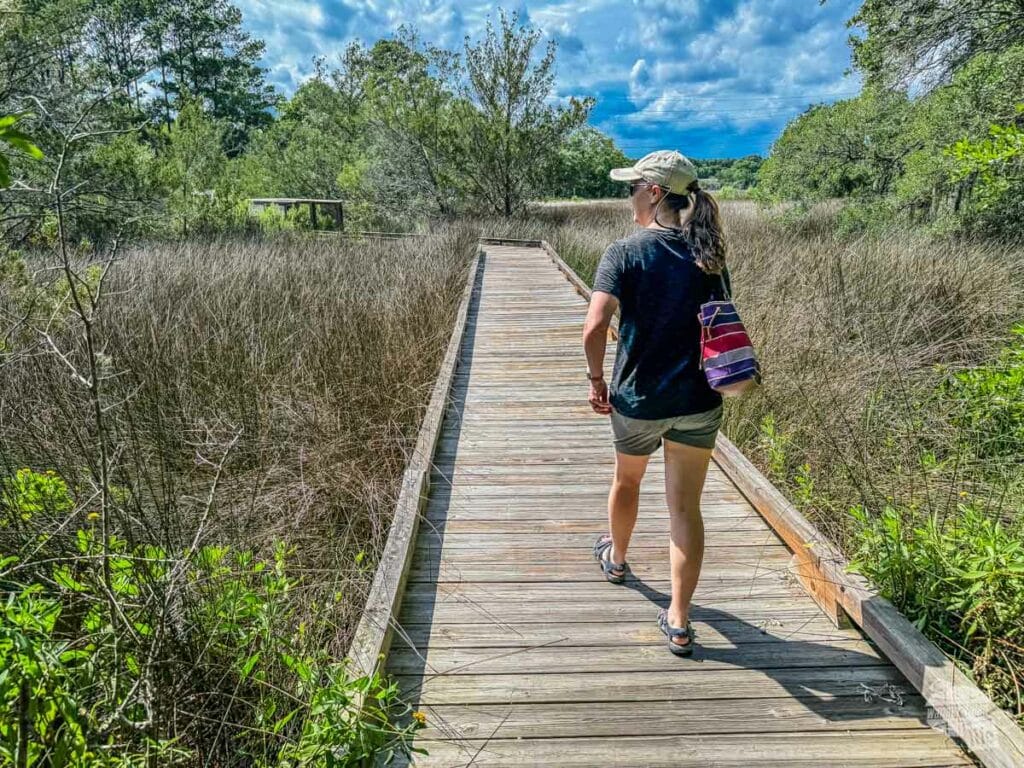
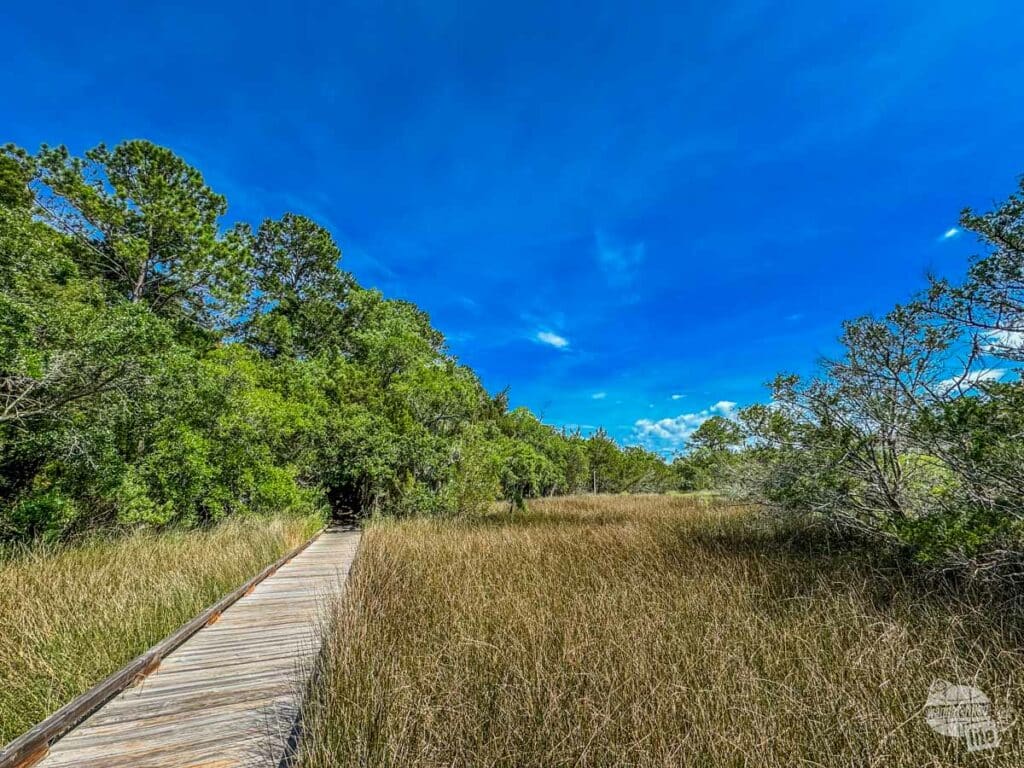
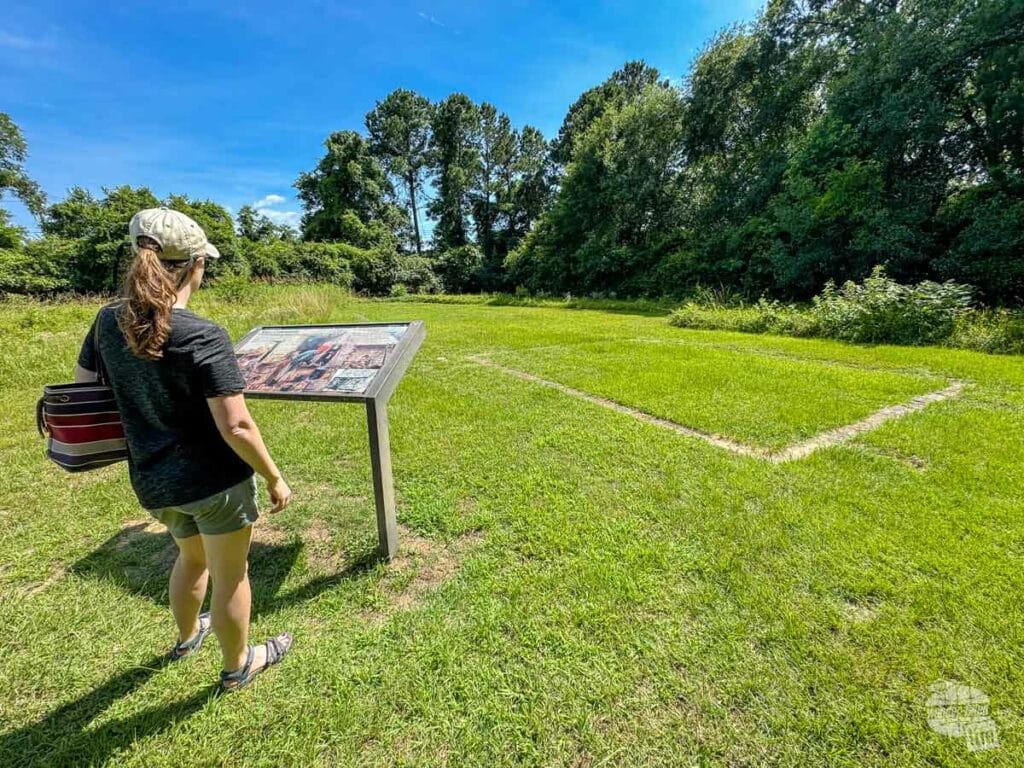
Aside from the visitor center, there is a half-mile walking trail with signs along the way explaining the history of the farm, as well as a boardwalk out to the marsh.
Enjoying Charleston
Charleston is a great city with a rich history to explore. While you are in town, be sure to explore downtown and spend some time walking through the historic streets. There are plenty of gorgeous sights to see and delicious bites to eat! There are some beautiful old homes in the area and plenty of history to learn about. Even if you just wander the streets, you won’t be disappointed.
Like I said above, Patriots Point is well worth your time if you are a military history fan, with two World War II-era warships and several naval aircraft on display.
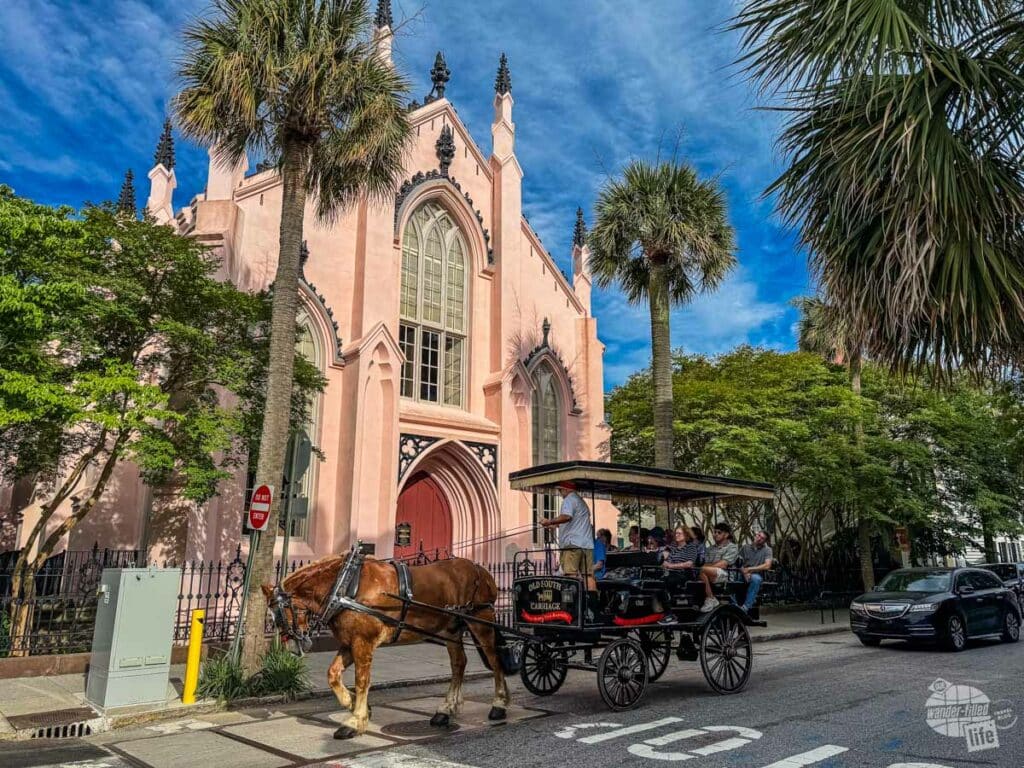
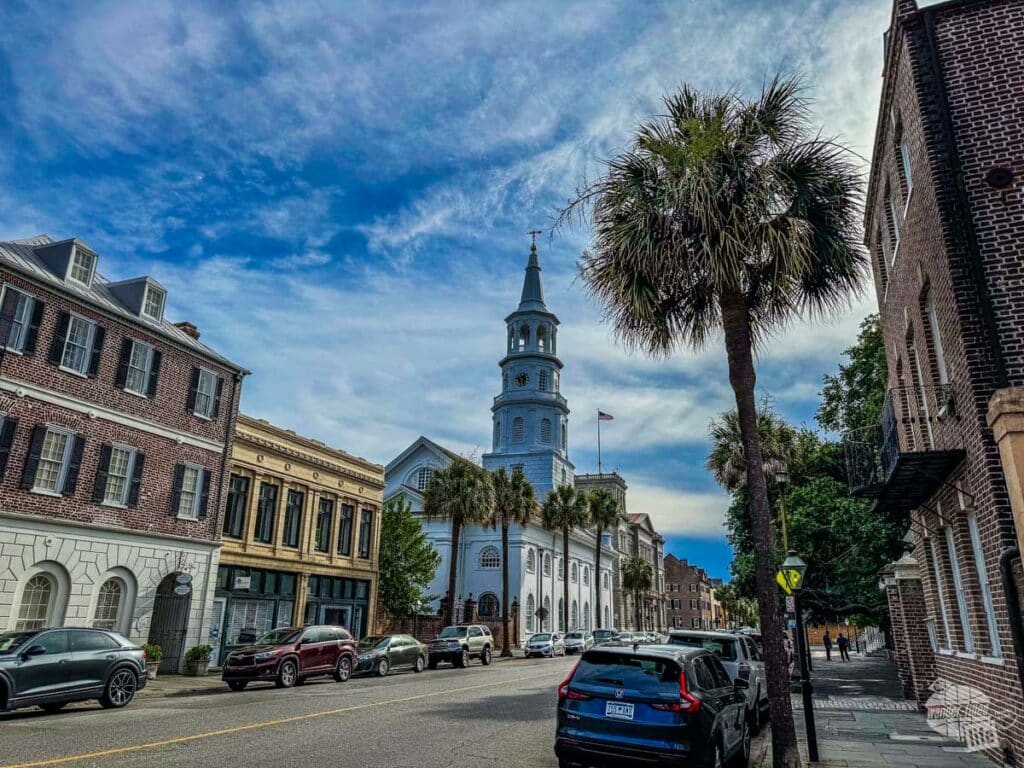
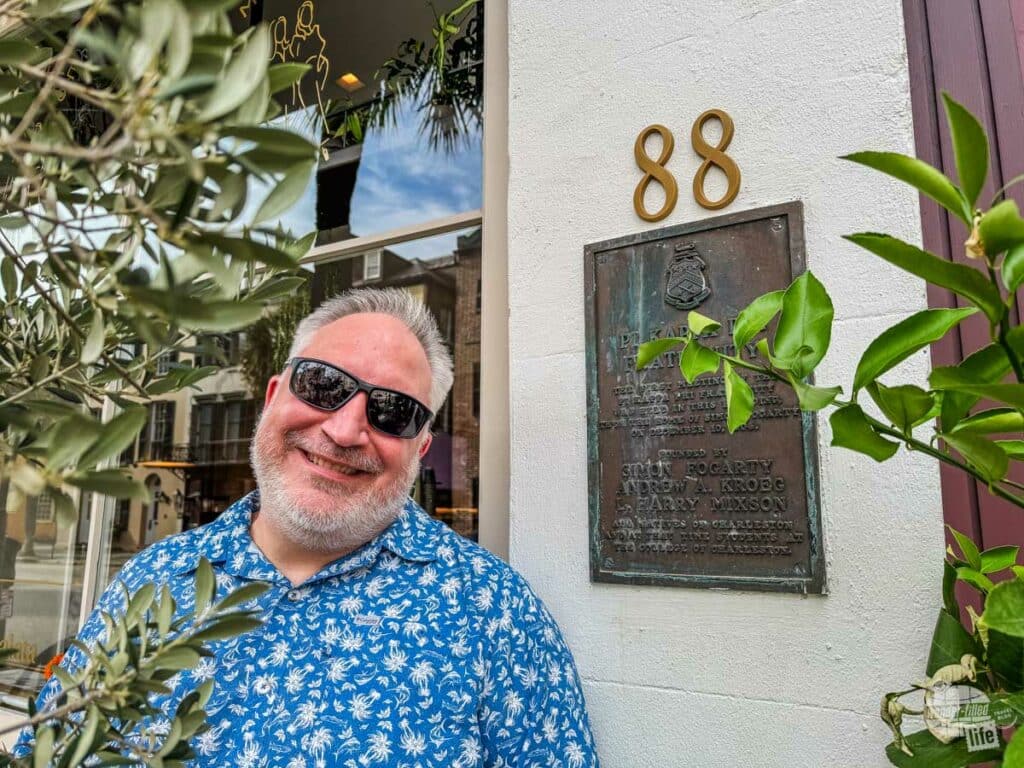
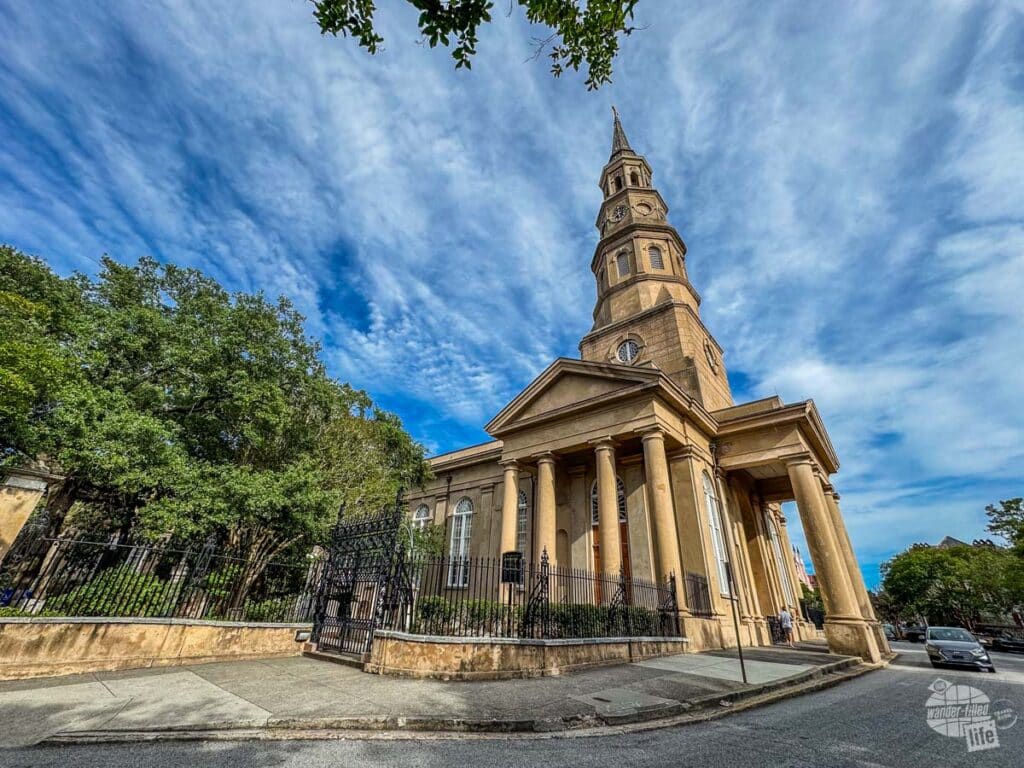
You are also not far from excellent beaches, like Sullivan’s Island or Folley Beach.
We have been to Charleston twice now and enjoyed both of our trips.
Where to Stay and Eat in Charleston
We stayed in Mount Pleasant, just across the harbor from Charleston. This was a great location for visiting all of the Charleston national parks and it’s only a 10-15 minute drive to the historic downtown.
For this trip, we used points earned by our Citi Strata Premier (formerly ThankYou Premier) which we transferred to Choice Hotels for a stay at the Inn at I’on in Mount Pleasant.
Read more about our credit card recommendations here.
This turned out to be a great stay and we cannot recommend this hotel enough. The room was well-appointed, it had an excellent balcony and the staff was quite helpful. The hotel provides breakfast from the downstairs restaurant delivered to your room, which was excellent.
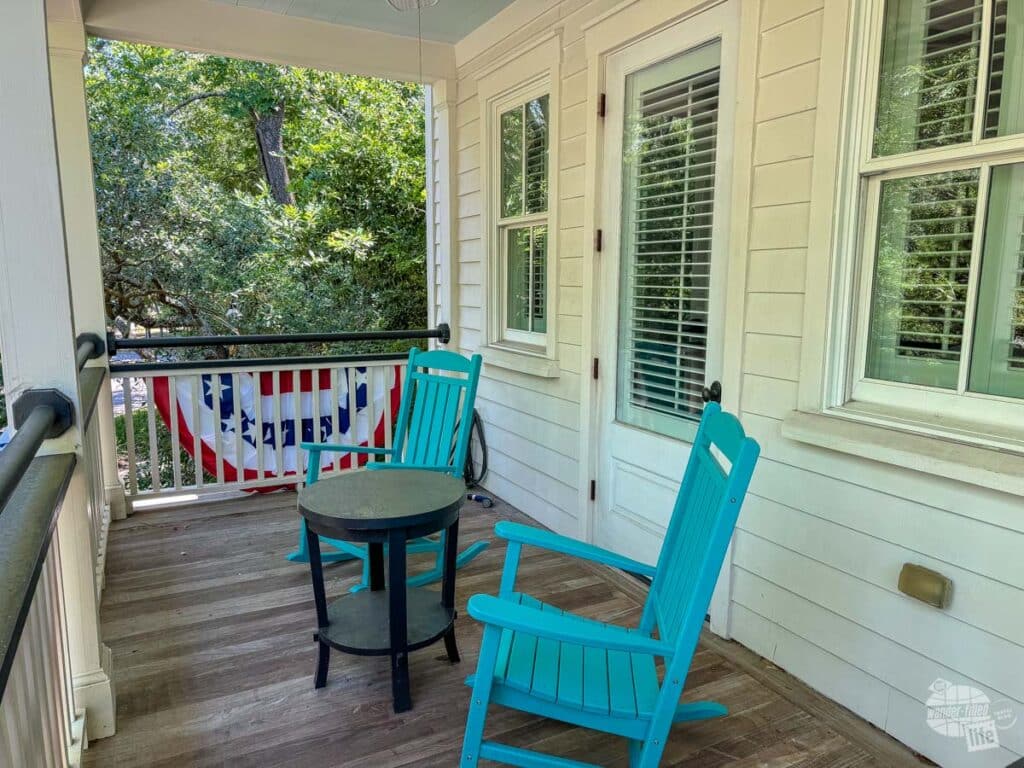

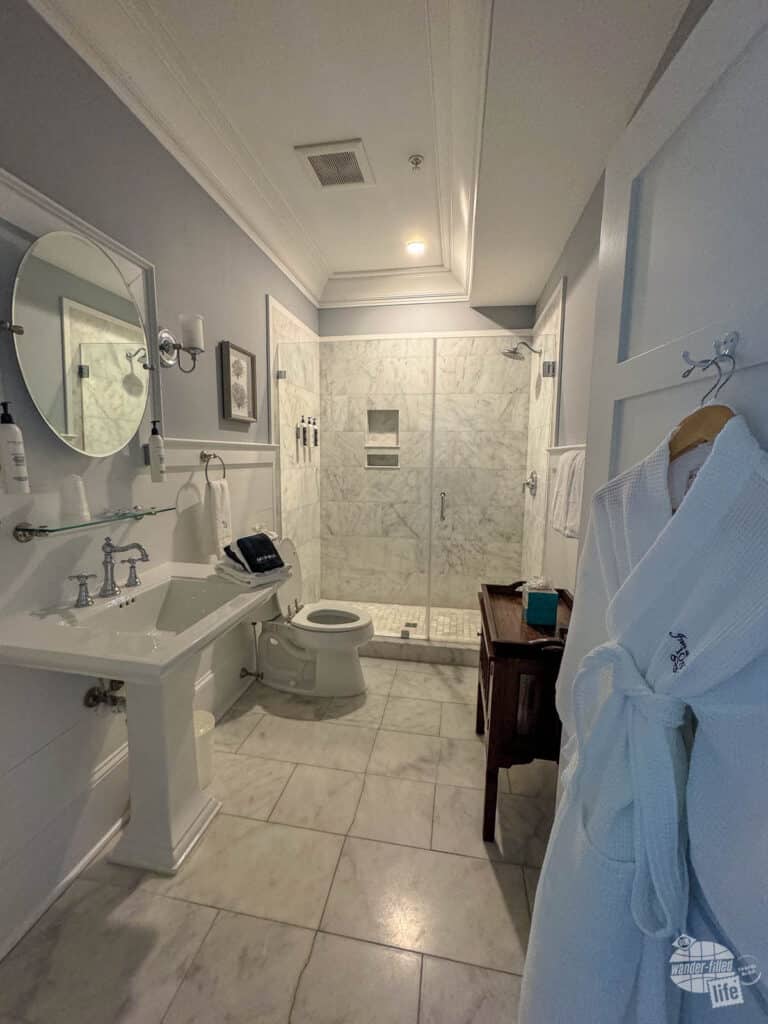
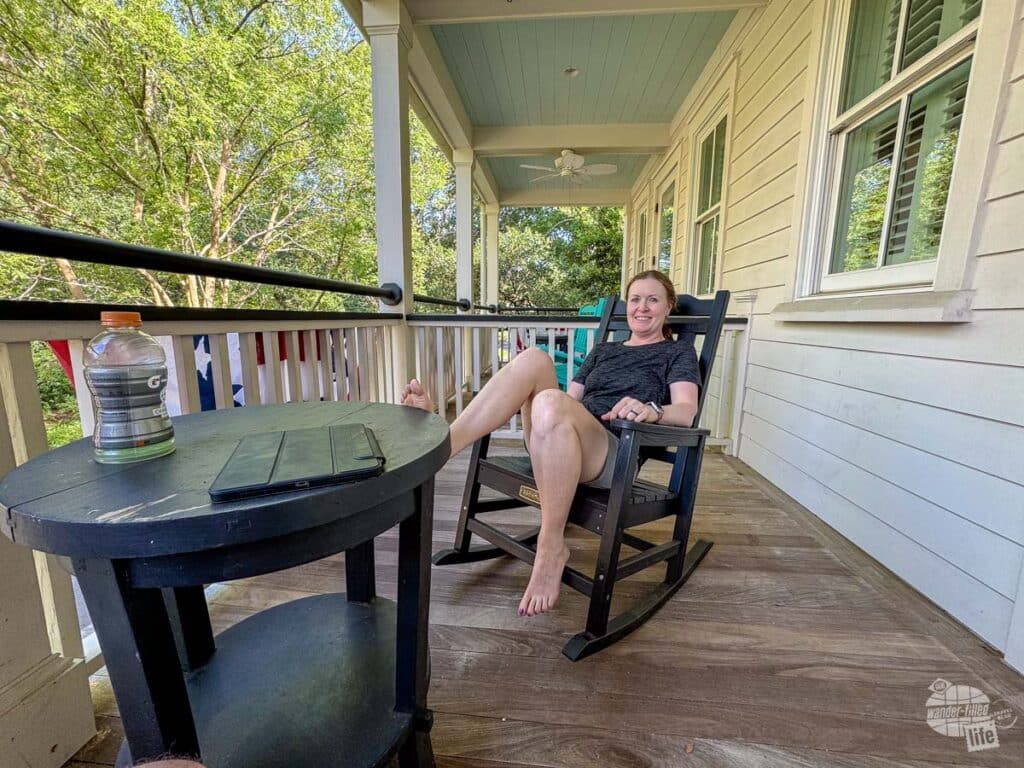
The hotel only has 11 rooms and it almost feels like a high-end bed and breakfast, making for a tremendous experience.
Since we can transfer Citi ThankYou Points at a rate of 1:2 to Choice, we were able to get a great redemption for this hotel. We redeemed 38,000 ThankYou Points for 76,000 Choice points, for the three nights we stayed at the hotel. Those ThankYou Points are worth about $680 and the hotel typically goes for about $270/night, meaning we saved roughly $130 when we factor the cash value of the points or about $800 out of our pocket, and we have a thousand Choice points left over!
Read Tripadvisor Reviews and Book the Hotel
In terms of where to eat, just like in our book, we have to recommend the Charleston Crab House for a Lowcountry boil. We made a reservation and sat up on their rooftop dining area. Between the hushpuppies, grilled oysters and Lowcountry boil, we were in heaven!
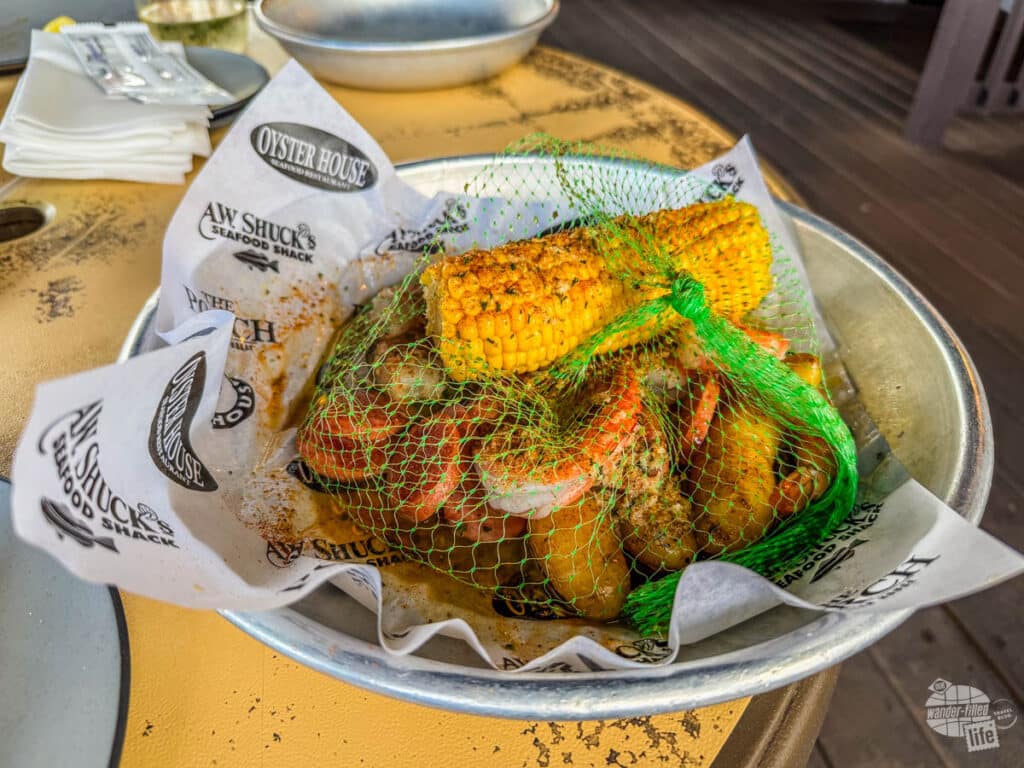
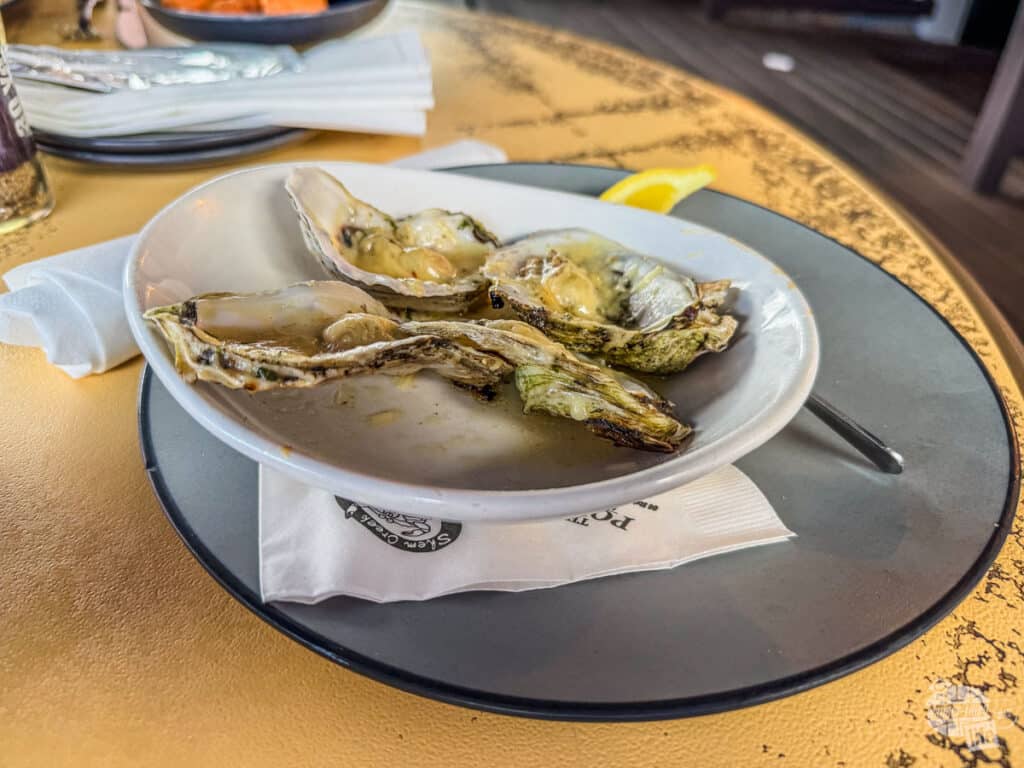
If seafood isn’t your thing, there are a ton of other great restaurants in town, so you will not run out of good options.
Other Nearby National Parks
The majority of this trip was a road trip focused on visiting the National Parks of coastal South Carolina and Georgia. Charleston was just one stop along the way!
Congaree National Park
About two hours northwest of Charleston is Congaree National Park, near Columbia. We spent two days there prior to visiting the Charleston national parks.
An often overlooked National Park, Congaree really is incredible and worth a visit. It is one of the last old-growth bottomland hardwood forests in the United States, offering a much different landscape than other national parks.
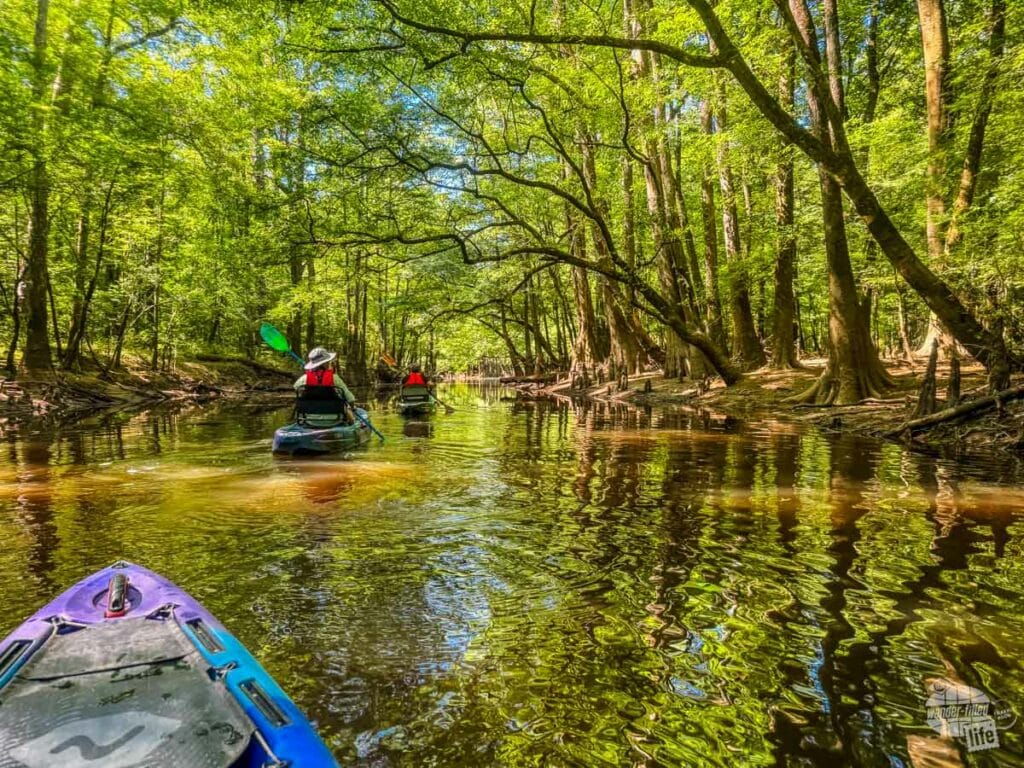
The two must-do activities at Congaree NP include walking the 2.6-mile Boardwalk Loop Trail and paddling Cedar Creek or one of the other riverways. You could do these in one day or spread them out over two days. There are also a few hiking trails of various lengths if you have more time.
Read more about visiting Congaree National Park.
Reconstruction Era NHP
Less than two hours south of Charleston in Beaufort, SC is Reconstruction Era National Historical Park. A relatively new park, this site tells the story of how Beaufort thrived during Reconstruction.
During the Civil War, this area was captured by the Union Navy and was used both as a supply depot and several of the houses were turned into hospitals to treat wounded soldiers. After the war, this area became one of the centers of education for formerly enslaved folks, which had been illegal up to that point.
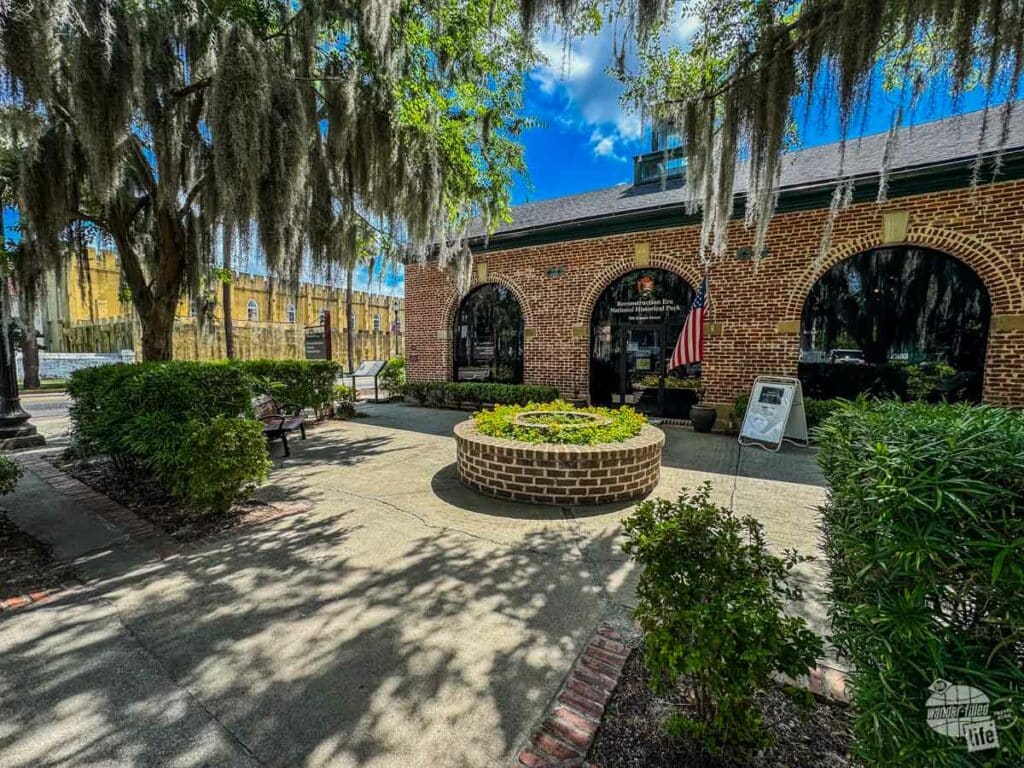
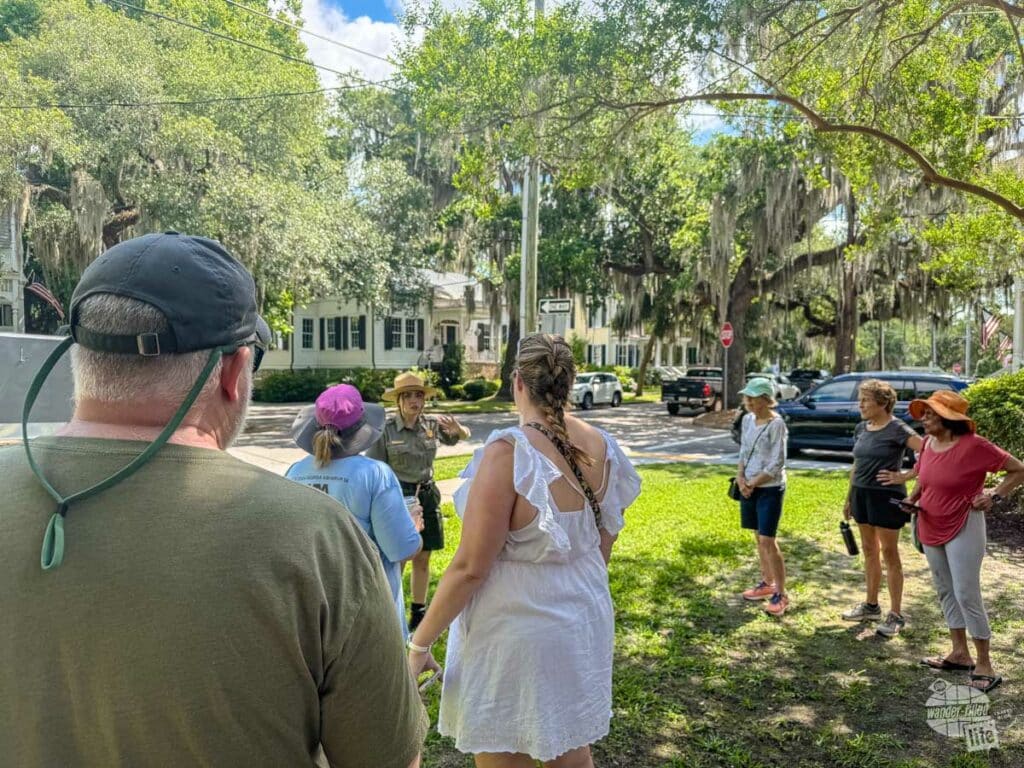
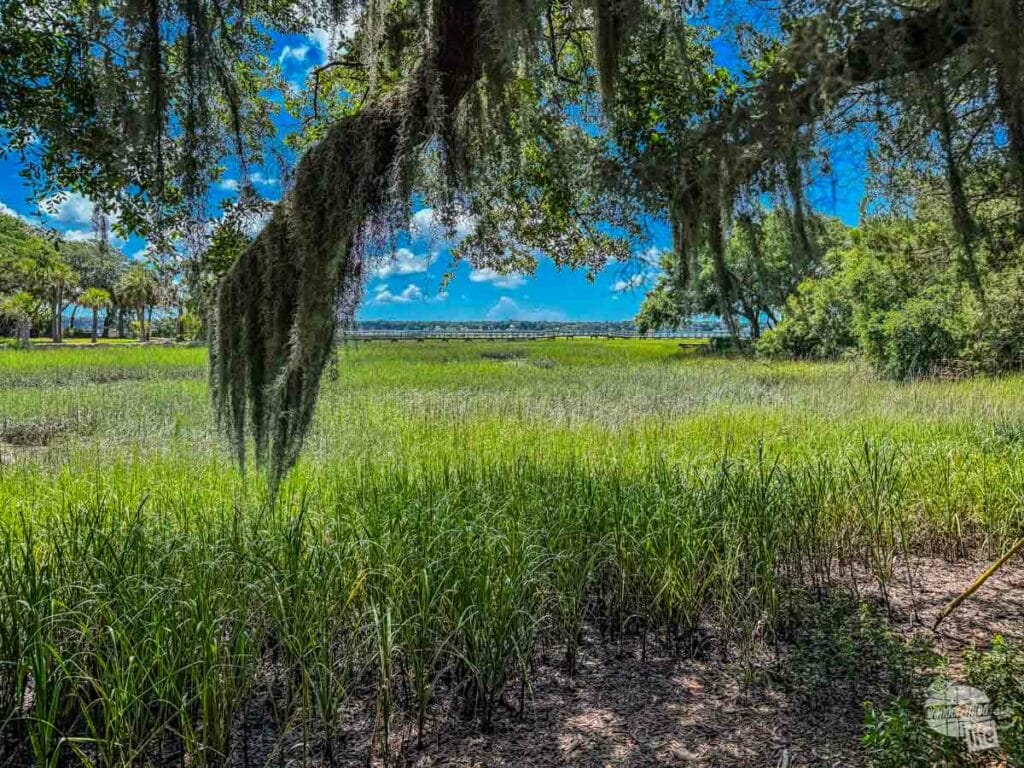
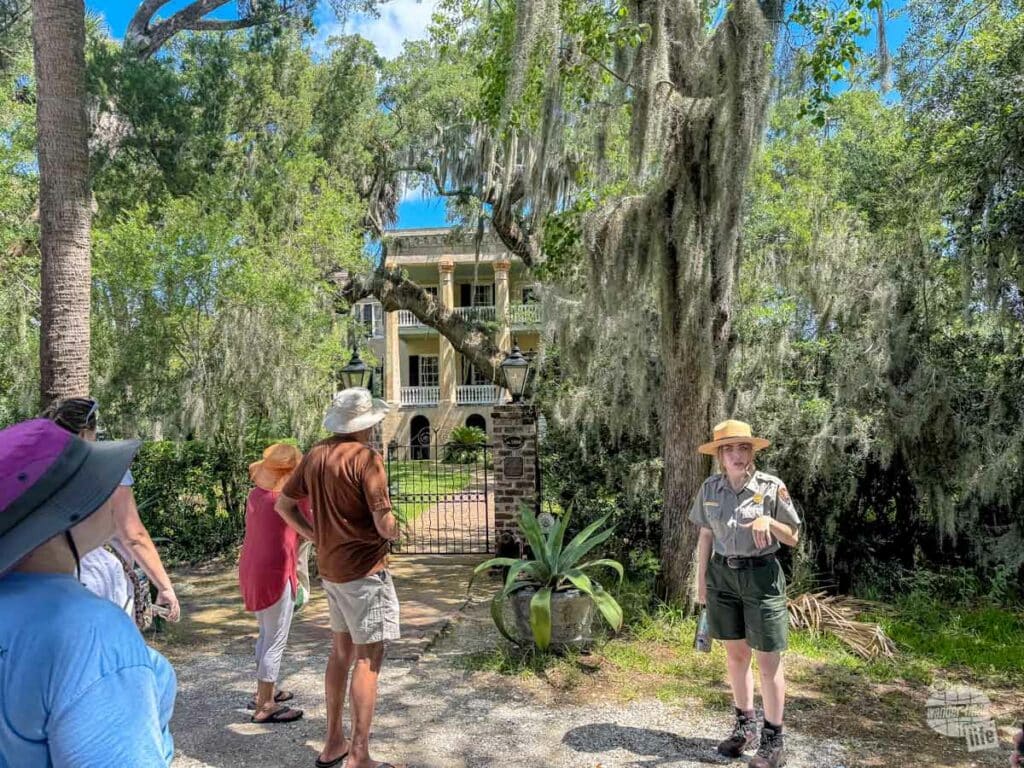
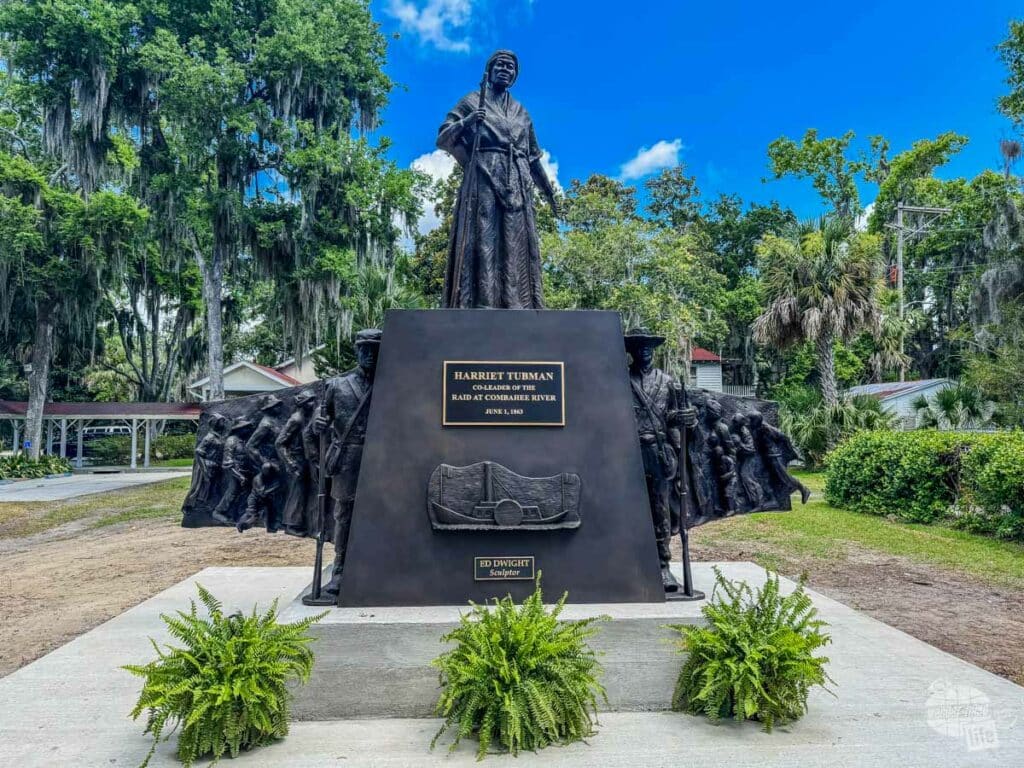
There are three units of the park. Camp Saxton was a recruit depot for Black soldiers. The Penn Center was where the beginnings of education for freedmen took place. Finally, there is a visitor center in downtown Beaufort that hosts walking tours of the adjacent neighborhood.
We started at the visitor center and took a ranger-led walking tour that highlighted the transformation of Beaufort during the Civil War and how Reconstruction changed the culture of the community. I highly recommend planning your visit to be able to do the ranger-led tour. It really was the best way to learn about this park.
We also visited Darrah Hall at the Penn Center to learn more about early efforts to provide education for the formerly enslaved.
This park is a great site but it is really new, so lacks a lot of the facilities found in older sites.
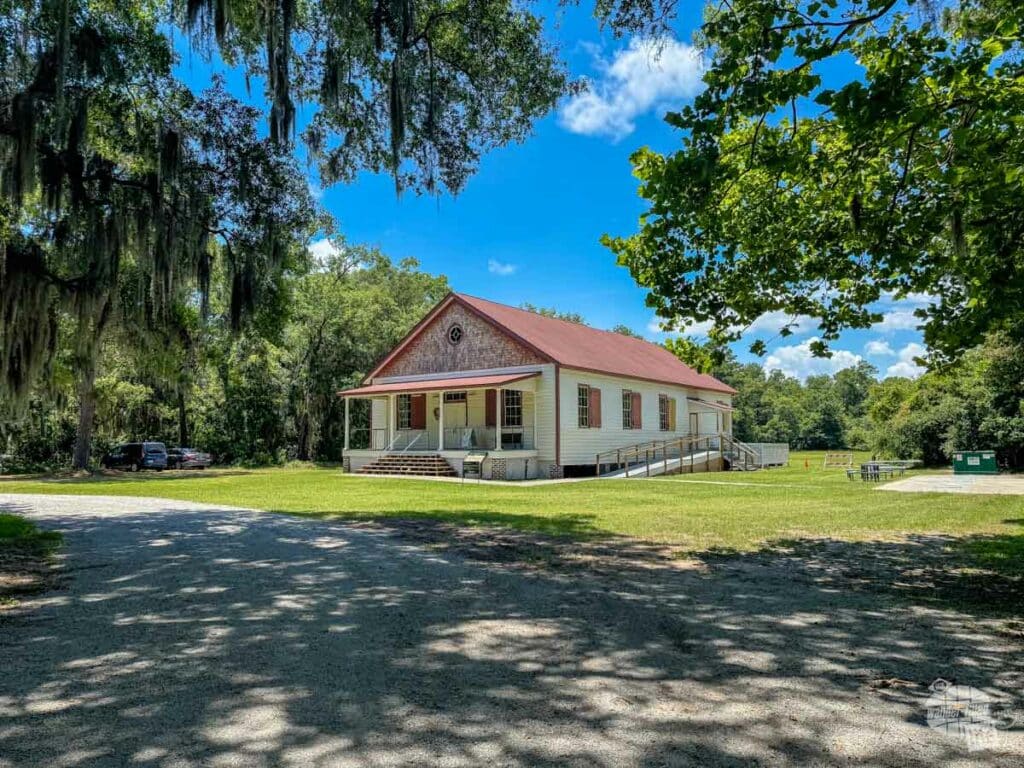
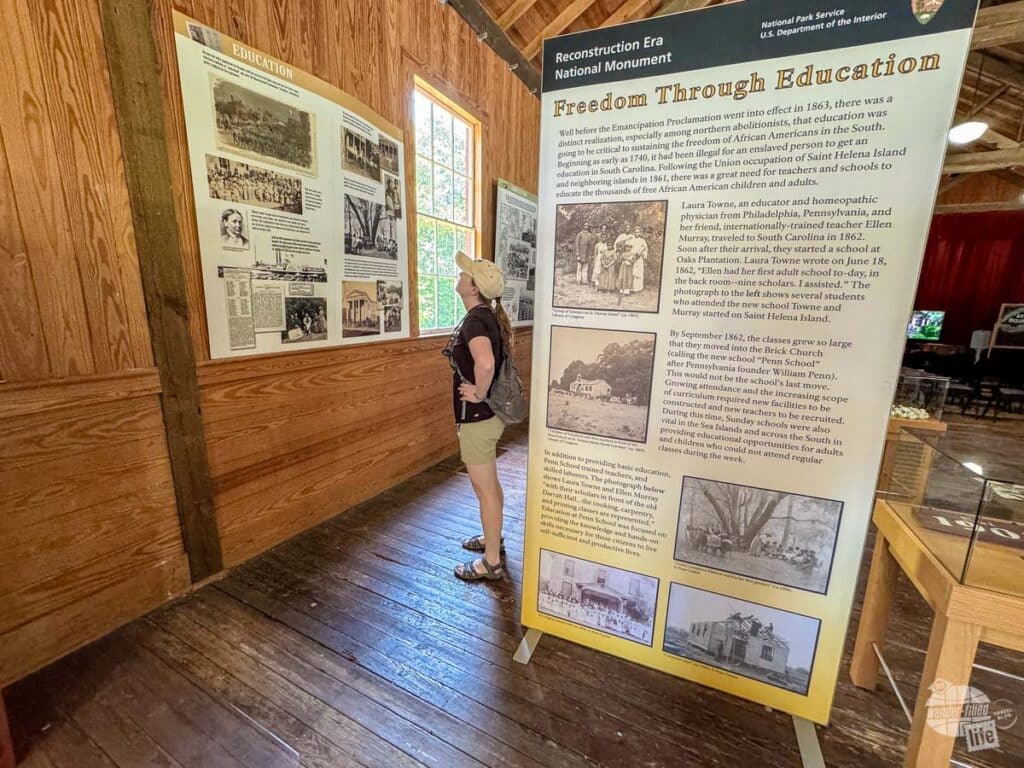
You can easily spend a couple of hours here and then return to Charleston or stay in Beaufort, which is a really charming town.
Where to Stay Near Beaufort
We continued our road trip and headed south towards Georgia. Along the way, we saw an opportunity to save some money on a hotel by using the resort credit from our Hilton Honors Aspire Amex. So, we booked a stay at the Hilton Beachfront Resort and Spa Hilton Head Island.
Read Tripadvisor Reviews | Book the Hotel
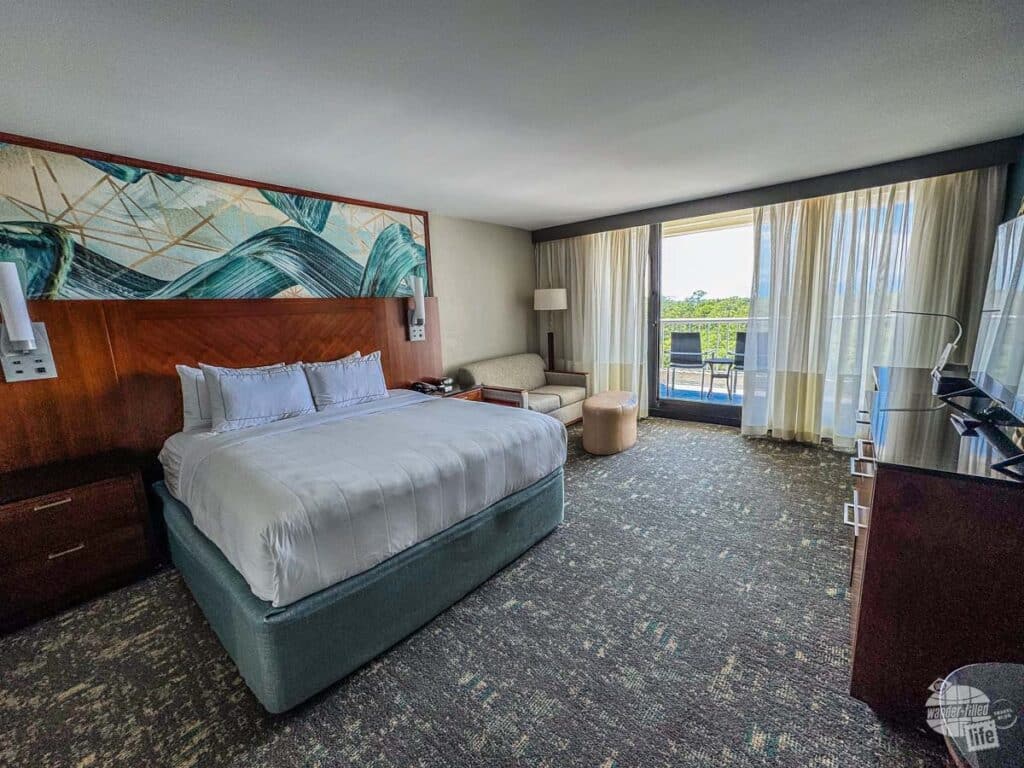
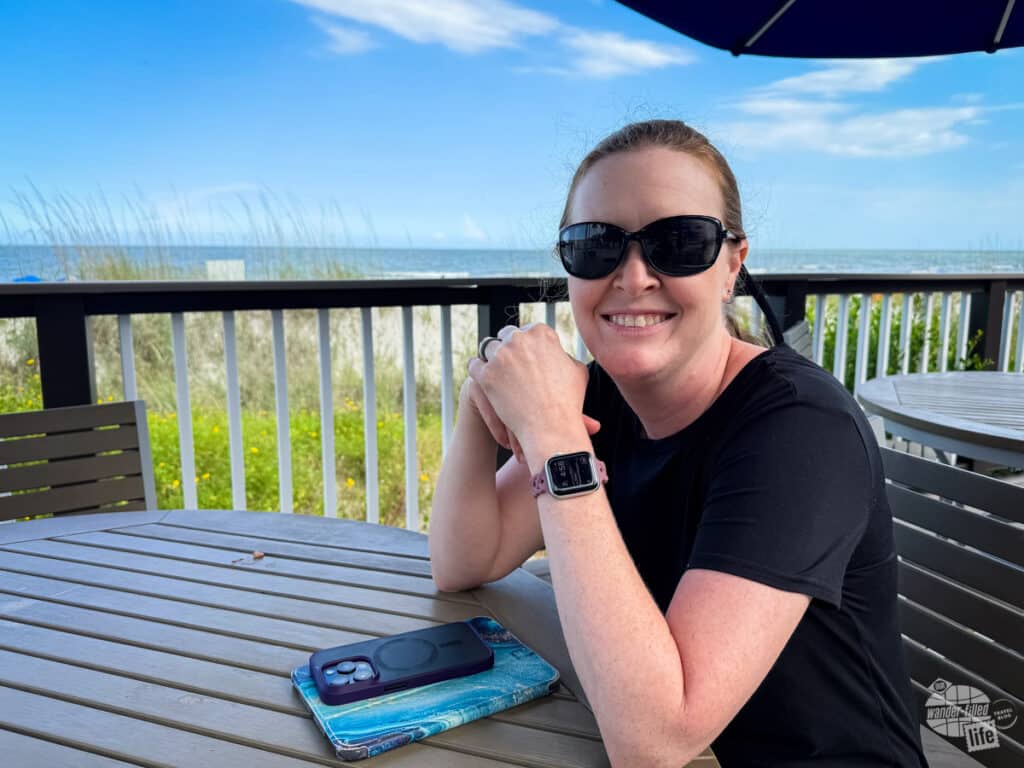
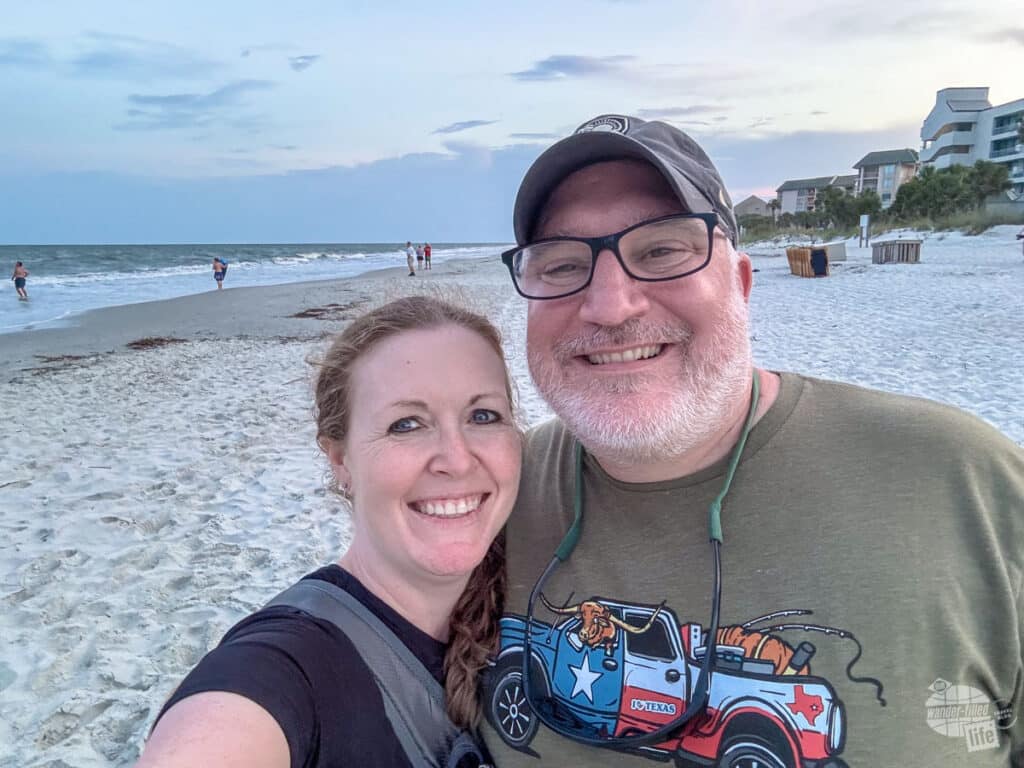
We used the $200 credit to pay for our stay, got $30 in food and beverage credits at the poolside bar and had a great time hanging out on the beach… And we spent less than staying at the Hampton Inn along the interstate we had originally planned!
The next day, we continued towards Fort Frederica National Monument and Cumberland Island National Seashore. Stay tuned for my article on visiting those sites!
Final Thoughts on How to Visit Fort Sumter and the Other Charleston National Parks
Charleston has a rich history and there is nowhere in the city where that is more poignant than Fort Sumter. Walking in the steps of the men who saw the beginning of the Civil War is humbling.
Quite simply, visiting this site is something every American should do at least once.
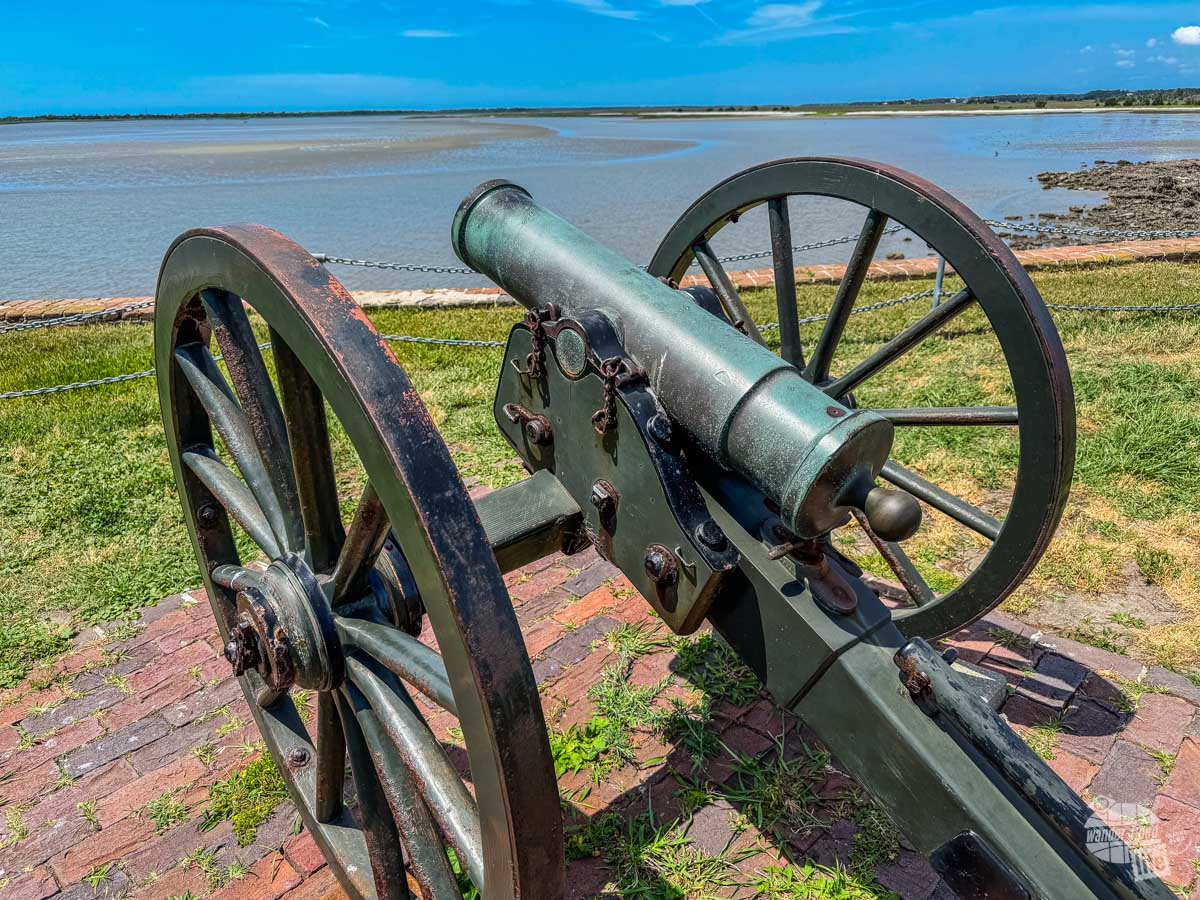
But Charleston has so much to offer beyond Fort Sumter itself. Its counterpart, Fort Moultrie, and Charles Pinckney National Historic Site offer additional views into both local and national history. The town itself is saturated with history and the culture of the Lowcountry, making for a tremendous experience.
Add in Reconstruction Era National Historical Park in nearby Beaufort and Congaree National Park in nearby Columbia, and it has the makings of a weeklong expedition to see some of the national parks of South Carolina.
Travel Resources
What do you use to find a flight?
We use Skyscanner to find deals on flights. Skyscanner has a great interface and compares tons of airlines for the best pricing and routing. That said, it does not always have every airline and some airlines will have better deals on their website. Still, Skyscanner is a great place to start.
Click here to search for a flight.
What do you use to find a hotel?
We typically stay at Hilton properties, so we use the Hilton website. You can find good Hilton Honors discounts or AAA discounts for a hotel there. We make great use of our free night certificates from our Hilton Honors American Express.
Click here to book a Hilton property.
If there are no Hilton properties available, we use TripAdvisor to read reviews and book the hotel. We find we can get the best price that way.
Click here to search for a hotel.
We recently partnered with Stay22 to add interactive maps to each of our destination posts. This will allow you to see a plethora of hotels and vacation rentals all in one responsive map of the area.
What if I need more space than I can get at a hotel?
We use Vrbo for the times when we have rented a cabin for a weekend getaway, like this cabin in Townsend, TN, or needed to rent a house for a large family vacation. We had a great experience with them in terms of refunding deposits when COVID hit and will continue to use them.
Click here to search for a vacation rental.
Who do you use for rental cars?
As a general rule, we book with Hertz for rental cars. We have had nothing but good experiences with them. Plus, we really like unlimited mileage and not worrying about crossing state lines. We have even rented from Hertz overseas in both Slovenia and Croatia.
Click here to book a rental car.
How about booking a cruise?
We have found some amazing prices for booking a cruise through Cruise Direct. We have saved a lot of money on our cruises compared to what we found elsewhere, making a last-minute Bahamas cruise even cheaper.
Click here to book a cruise.
What if I want to rent an RV?
We highly recommend Outdoorsy for RV rentals. We rented a camper van for a week to visit Rocky Mountain National Park for the elk rut and Custer State Park for the Buffalo Round-Up and had a blast. The program was easy to use and we really enjoyed the freedom of having a camper van for that trip.
Click here to rent an RV.
What do you use for booking tours?
We don’t often book tours. Typically, we like to do stuff on our own. That said, there are some experiences you can’t have any other way. So, when we do want to book a tour, we always check Viator first.
Click here to book a tour.
Do you use anything to get discounts on the road?
We make extensive use of both Good Sam and AAA on the road. Good Sam is normally regarded as a discount card for RVers at campgrounds and Camping World but anyone can use the 5 cents off a gallon at the pump at both Pilot and Flying J.
Click here to get a Good Sam membership.
We have had AAA as long as we have been married and it has more than paid for itself in discounts at hotels, aside from the peace of mind of having roadside assistance. Add in paper maps and the ability to get an international driver’s license and it is more than worth it for any traveler out there.
Click here to get a AAA membership.
